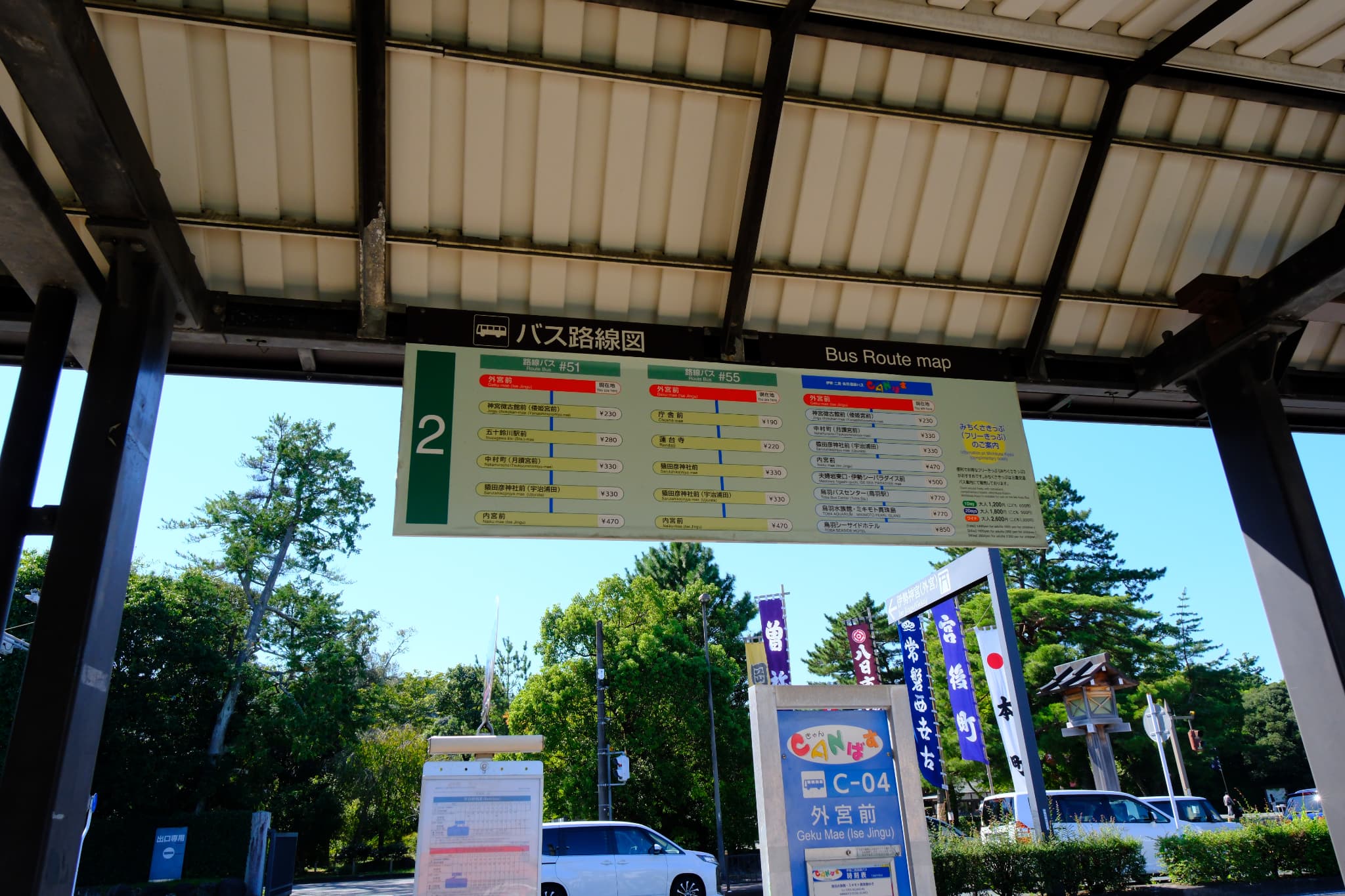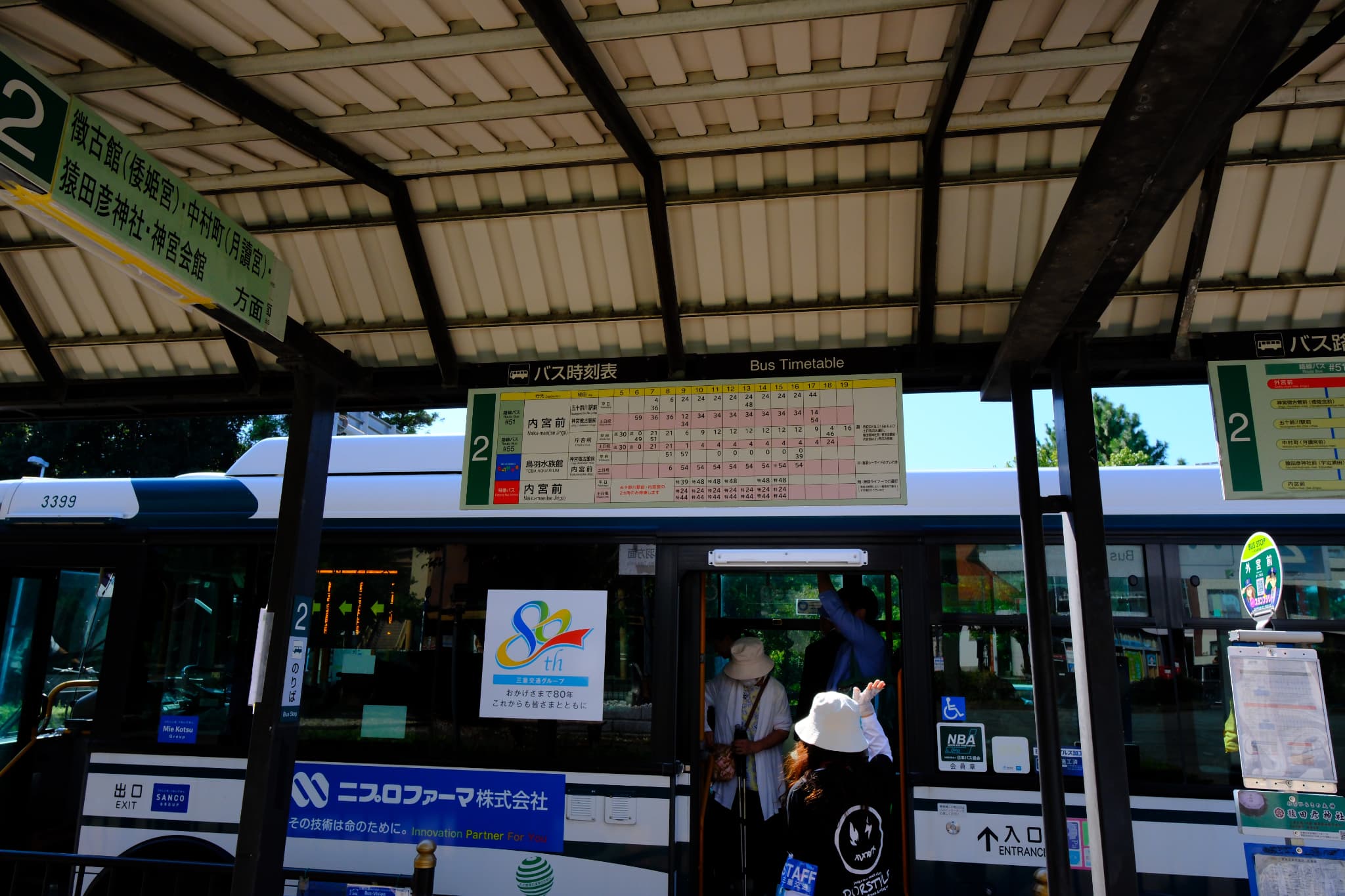“The Shrines of Ise” are commonly referred to as “Ise Jingu,” but their official name is simply “Jingu.” This complex includes 125 shrines, among which the Geku (Outer Shrine) and Naiku (Inner Shrine) are the main ones. In the traditional order of worship, visitors should first visit the Geku before proceeding to the Naiku. Wondering about the Geku, the Naiku, or the correct worship route? Start by reading this article!
Here, we introduce the history of the Geku, an overview of its grounds, and routes from the station.
How to Get There
Address: 279 Toyokawa-cho, Ise City, Mie Prefecture (Google Maps)
Nearest Station: JR Sangu Line, Ise-shi Station / Kintetsu Line, Ise-shi Station
Note: Both lines serve Ise-shi Station.
Route from the Nearest Station: Please use the JR Sangu Line exit. From there, it’s about a 7-minute walk to the entrance of the Geku (Outer Shrine).
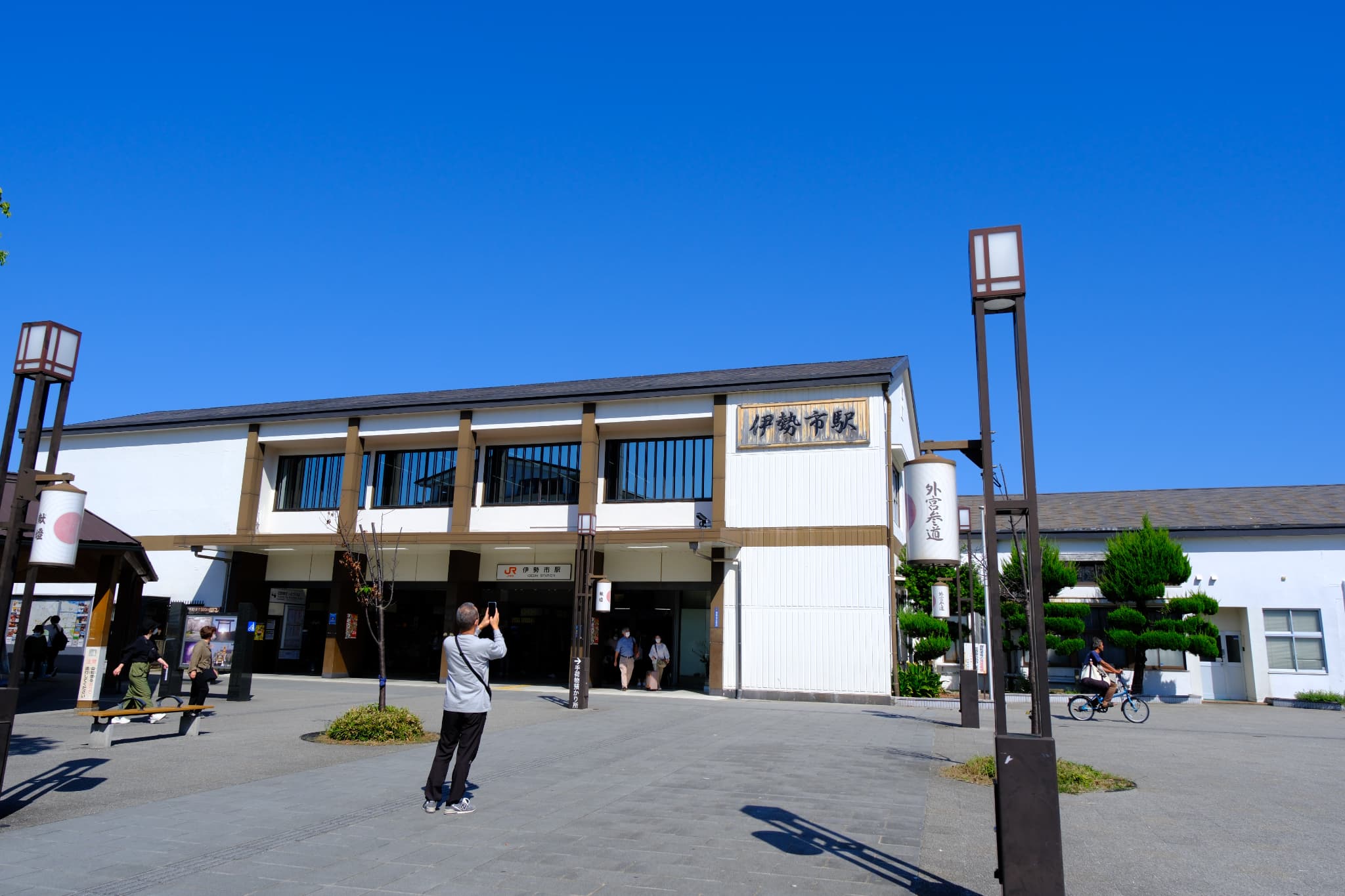
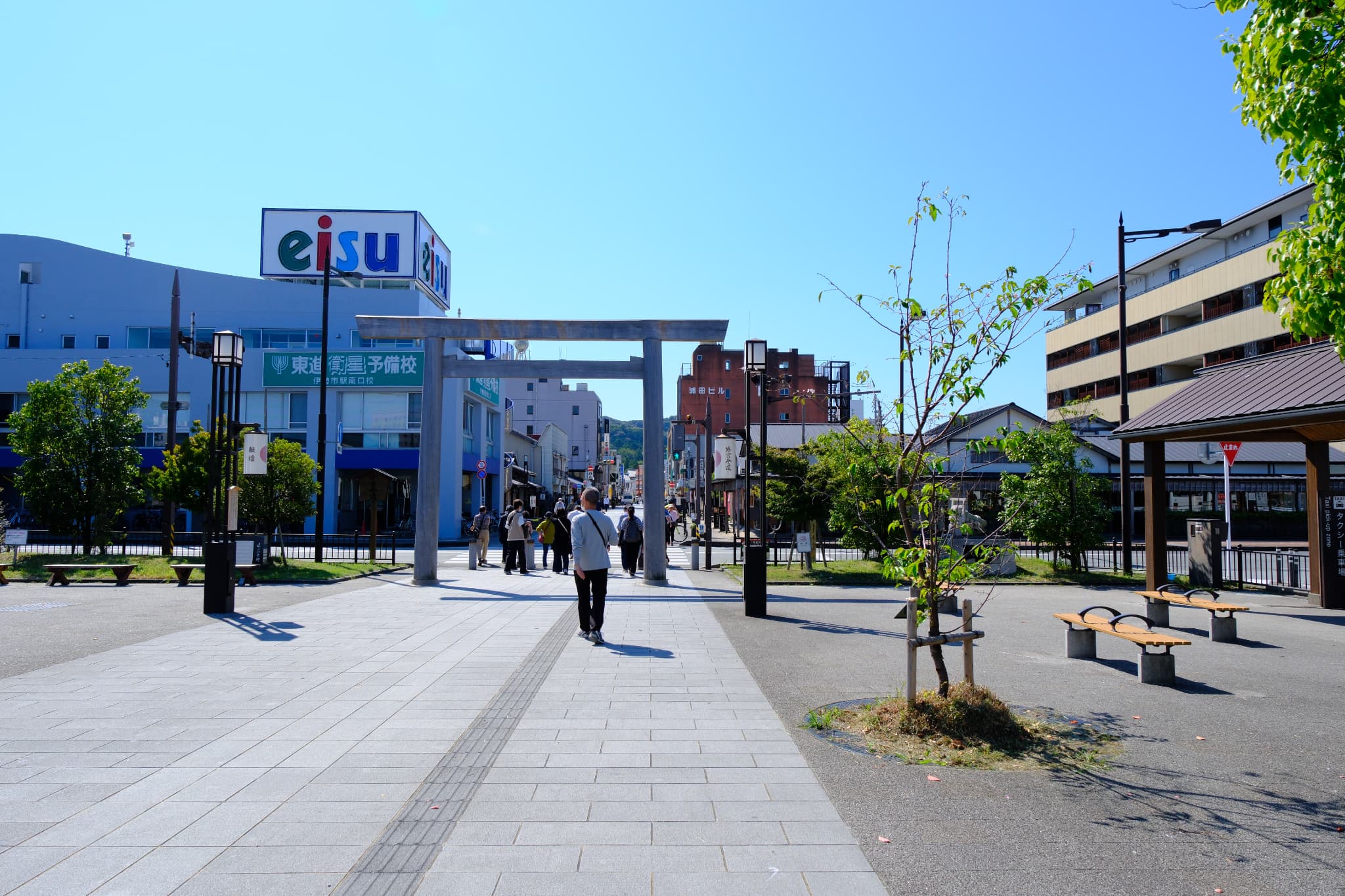
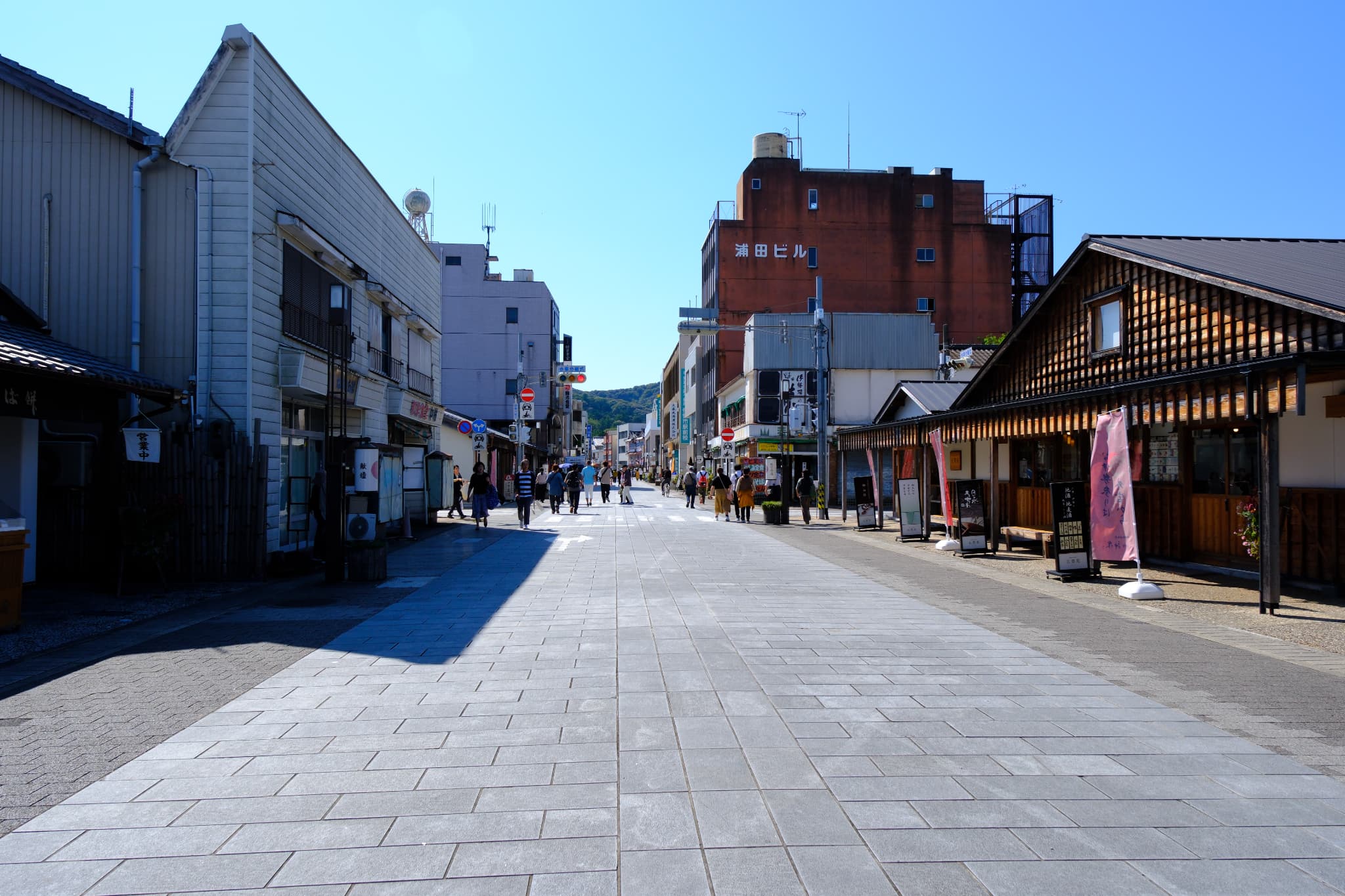
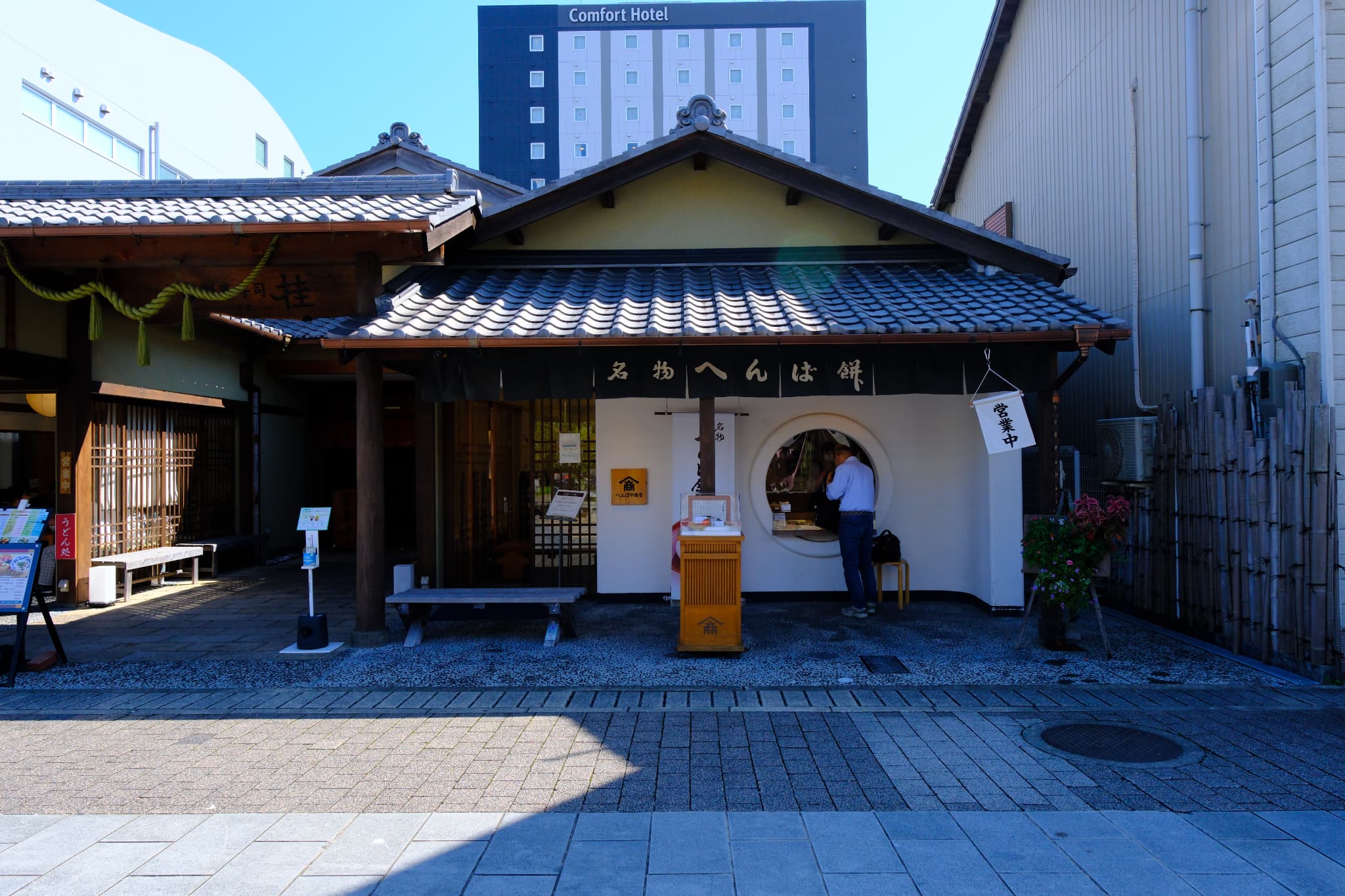

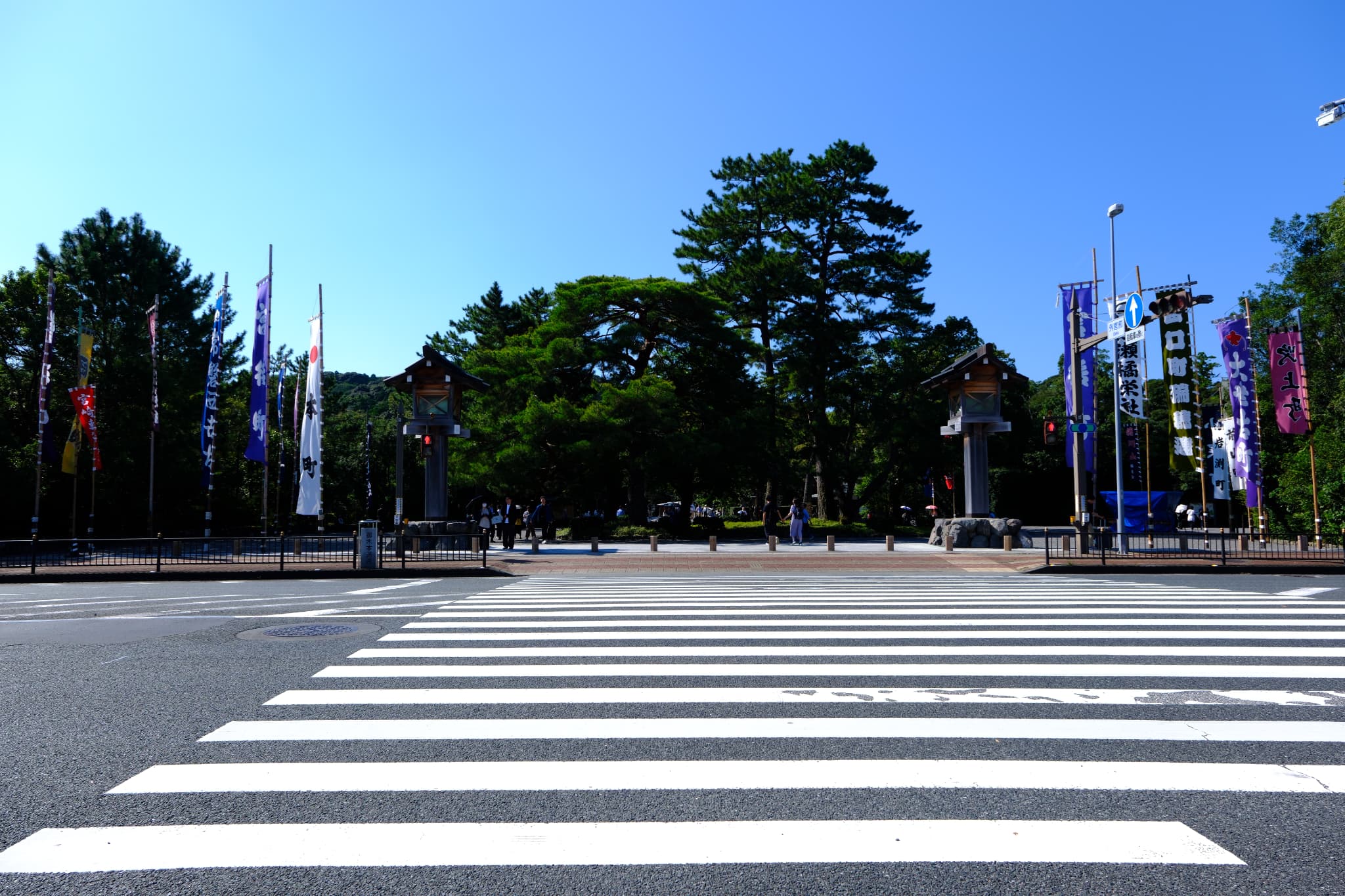
- From Tokyo:
- Take the Shinkansen from Tokyo Station to Nagoya Station (approximately 1 hour and 40 minutes).
- From Nagoya Station, there are two options to get to Ise-shi Station using either JR or Kintetsu:
- JR Rapid Mie: Take the JR Rapid Mie directly to Ise-shi Station (approximately 90 minutes). The Rapid Mie has reserved seating, but you can also use a regular ticket for non-reserved seats, so no reservation is needed.
- Kintetsu Limited Express: Take the Kintetsu Limited Express directly to Ise-shi Station (approximately 100 minutes). You can ride this with a regular ticket, so no reservation is needed.
Depending on your arrival time at Nagoya Station, you can choose between JR or Kintetsu. Keep in mind that Kintetsu may require a transfer, so check Google Maps for guidance.
The fare from Tokyo Station to Ise-shi Station is roughly the same whether you take JR or Kintetsu, around 13,000 yen.
- From Osaka:
- Take the Osaka Metro Midosuji Line from Shin-Osaka Station to Namba Station (approximately 15 minutes).
- Transfer to Kintetsu at Osaka Namba Station (about a 1–2 minute walk) and take the “Vistacar,” a Kintetsu Limited Express, directly to Ise-shi Station (approximately 110 minutes).
Note that the Vistacar requires a special ticket, as you cannot board with just a regular ticket. In Japan, you need both a regular ticket and a limited express ticket. The regular ticket can be purchased from ticket machines at the station, available at Osaka Namba Station.
▼ Kintetsu Limited Express Ticket Purchase English Site
https://www.ticket.kintetsu.co.jp/vs/en/T/TZZ/TZZ10.do?op=tDisplayVisitorMenu
If you’re unsure, you can also purchase both the limited express ticket and the regular ticket together at the ticket center at Osaka Namba Station.
The fare from Shin-Osaka to Ise-shi Station, including the limited express fare, is approximately 3,800 yen.
What is the Geku (Outer Shrine)?
History of the Geku (Outer Shrine)
The official name is Toyouke Daijingu, and it is said to have been built around the year 500 CE, giving it a history of approximately 1,500 years. This shrine enshrines Toyouke no Omikami, the deity who brings blessings essential for daily life, such as food and clothing.
The Geku (Outer Shrine) is believed to have been established about 500 years after the Naiku (Inner Shrine). According to tradition, Emperor Yuryaku received a divine message in a dream instructing him to enshrine the deity of food for Amaterasu (the deity enshrined at the Naiku), which is said to be the reason for the establishment of the Geku.
Additionally, the Geku has an extraordinary tradition known as the “Daily Morning and Evening Food Offerings Festival” (Higashi no O-miketsu-sai), where offerings are made twice a day to the main shrine and its auxiliary shrines without fail for approximately 1,500 years.
Shikinen Sengu (式年遷宮)
Shikinen Sengu is believed to maintain the divine residence in a state of purity and renewal by constructing new shrine buildings, thereby revitalizing the power of the gods. This event also plays an essential role in the transmission of traditional techniques by carpenters and artisans, carrying forward Japan’s culture and craftsmanship into the future.
The first Shikinen Sengu at Ise Jingu is said to have occurred in 690 CE, and since then, it has been conducted approximately every 20 years. The next Shikinen Sengu will take place in 2033, during which the main shrines of the Naiku and Geku, as well as 14 auxiliary shrines and Uji Bridge, will be reconstructed. The budget for the 2033 event is projected to be 55.8 billion yen, underscoring the scale of this significant ceremony!
Shikinen Sengu is not exclusive to Ise Jingu; it is also practiced at other shrines, with the timing varying by shrine.
Inside the Geku (Outer Shrine)
Main Shrine (Shogu) and Auxiliary Shrines (Betsugu)
The Geku (Outer Shrine) features the Main Shrine (Shogu) and three auxiliary shrines (Betsugu). Access to the Shogu is limited to the area near the entrance, and photography is not permitted. However, the entire Geku is beautifully maintained and definitely worth a visit!
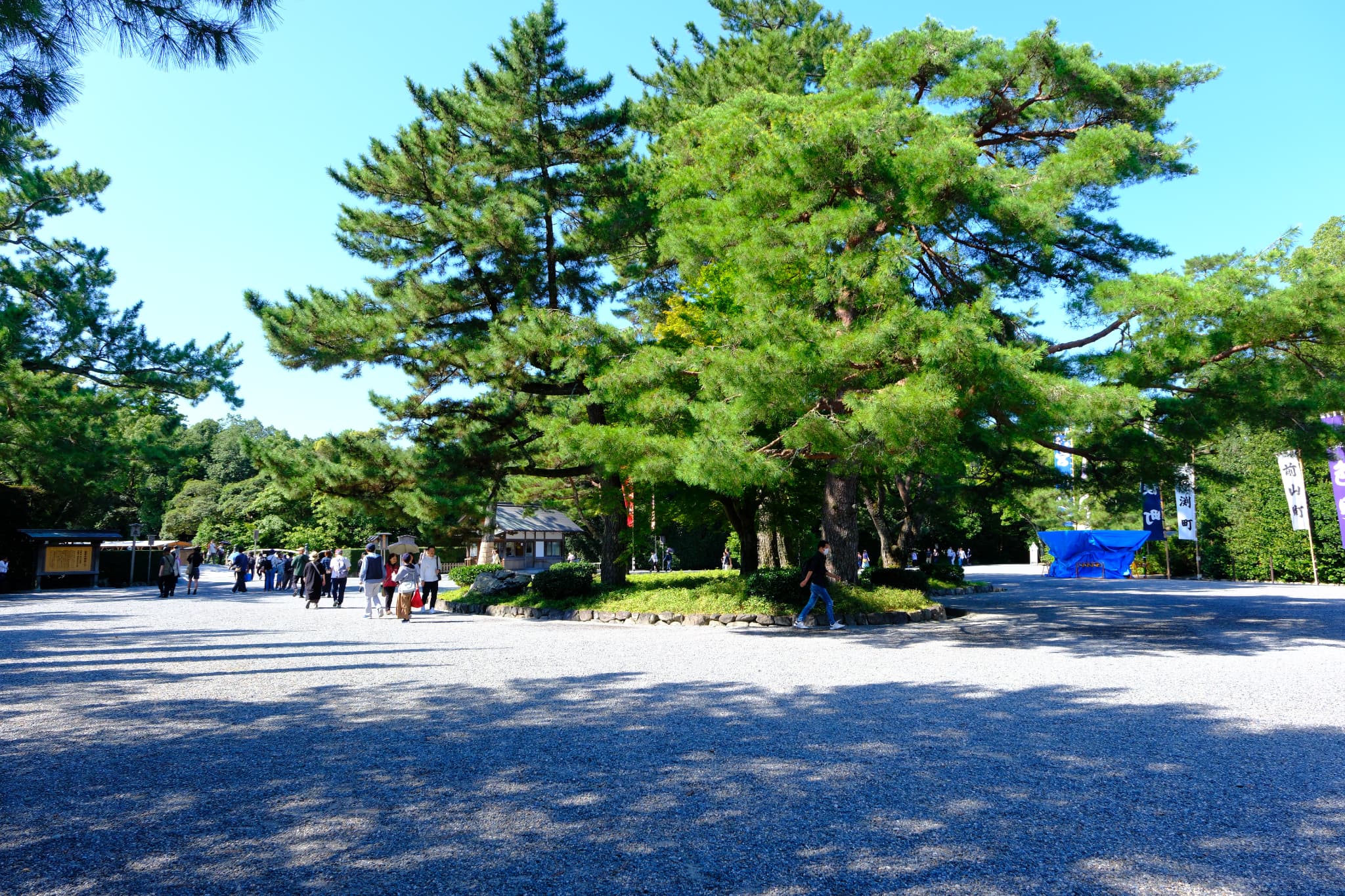
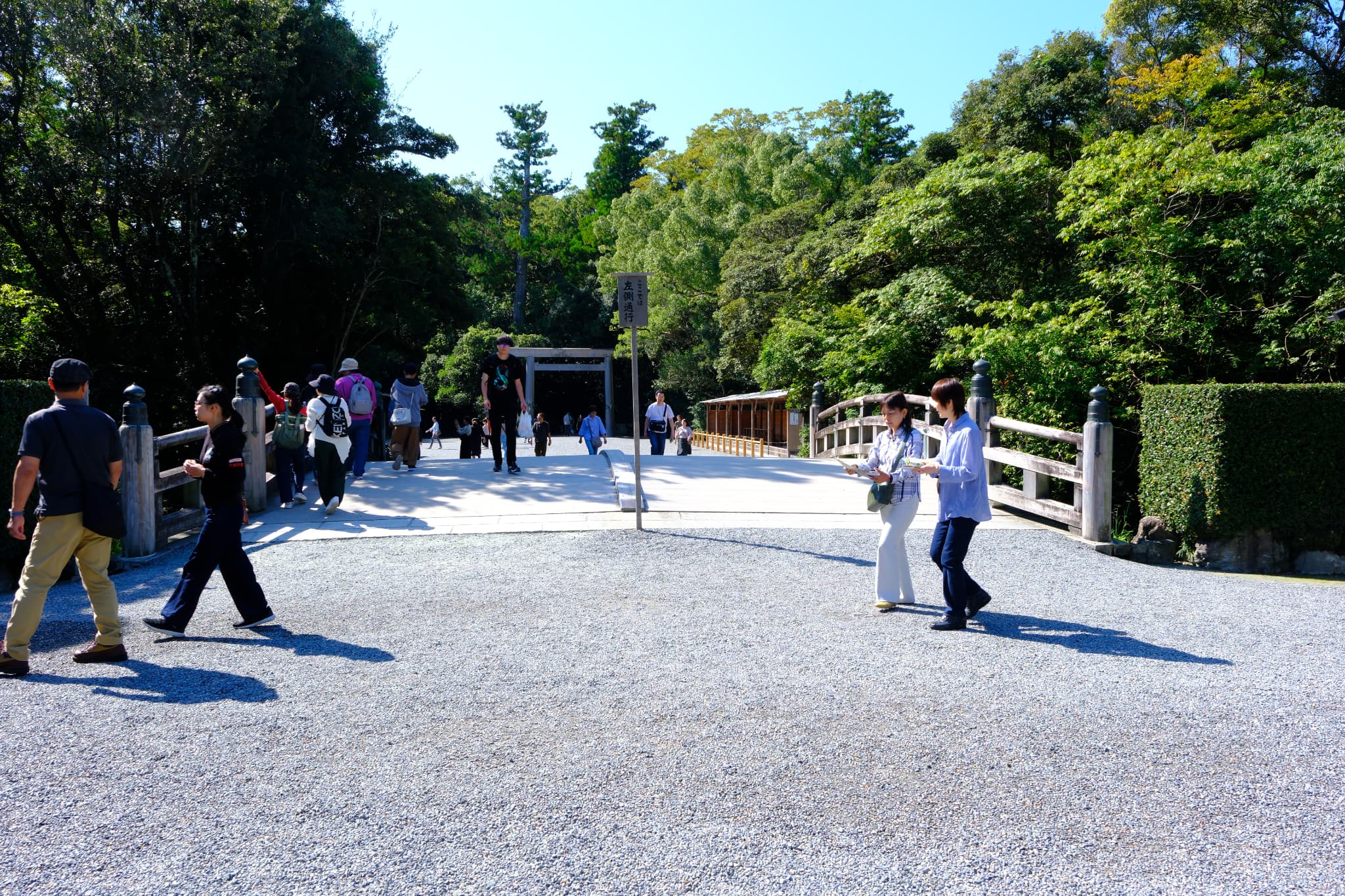
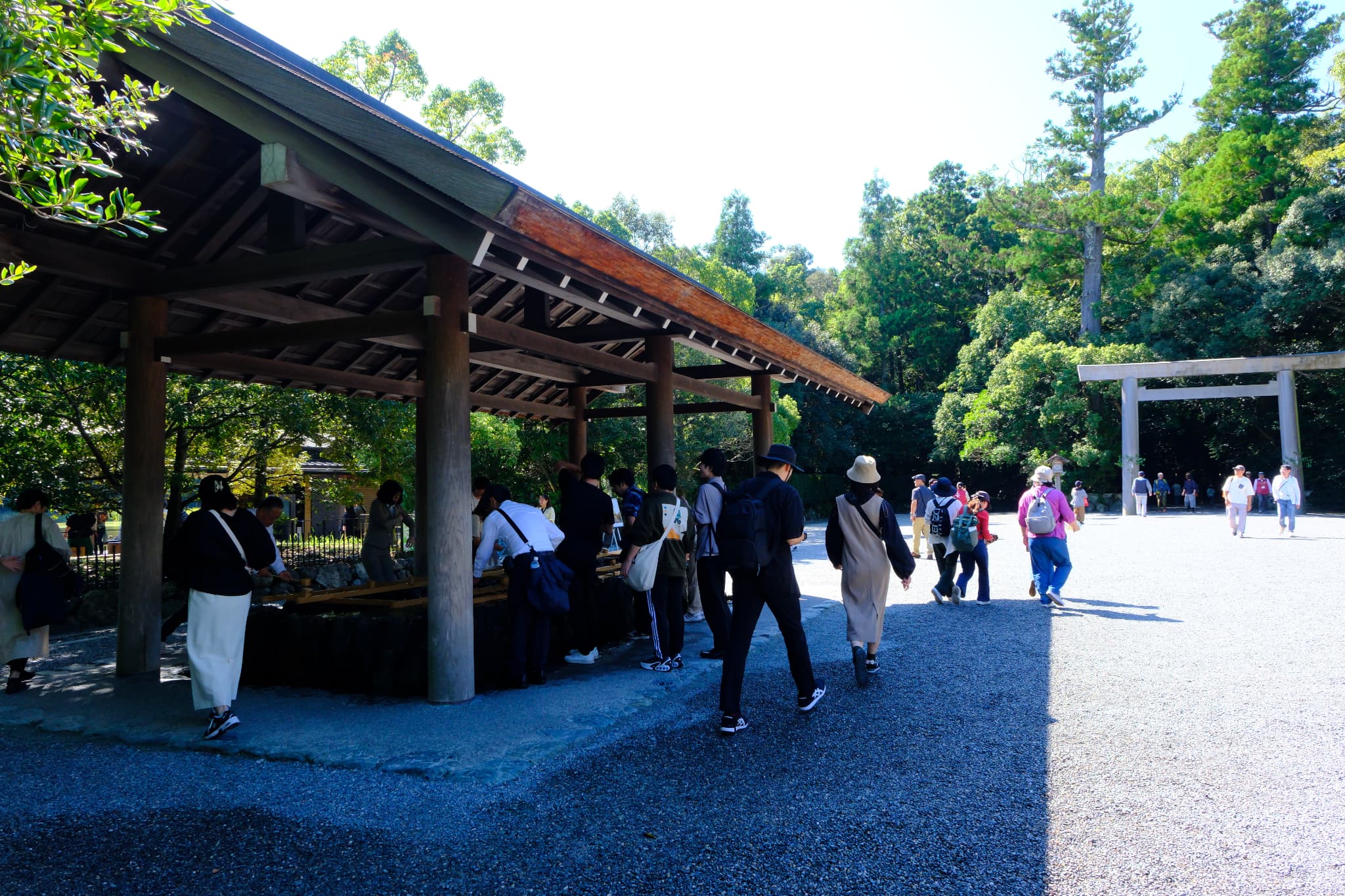

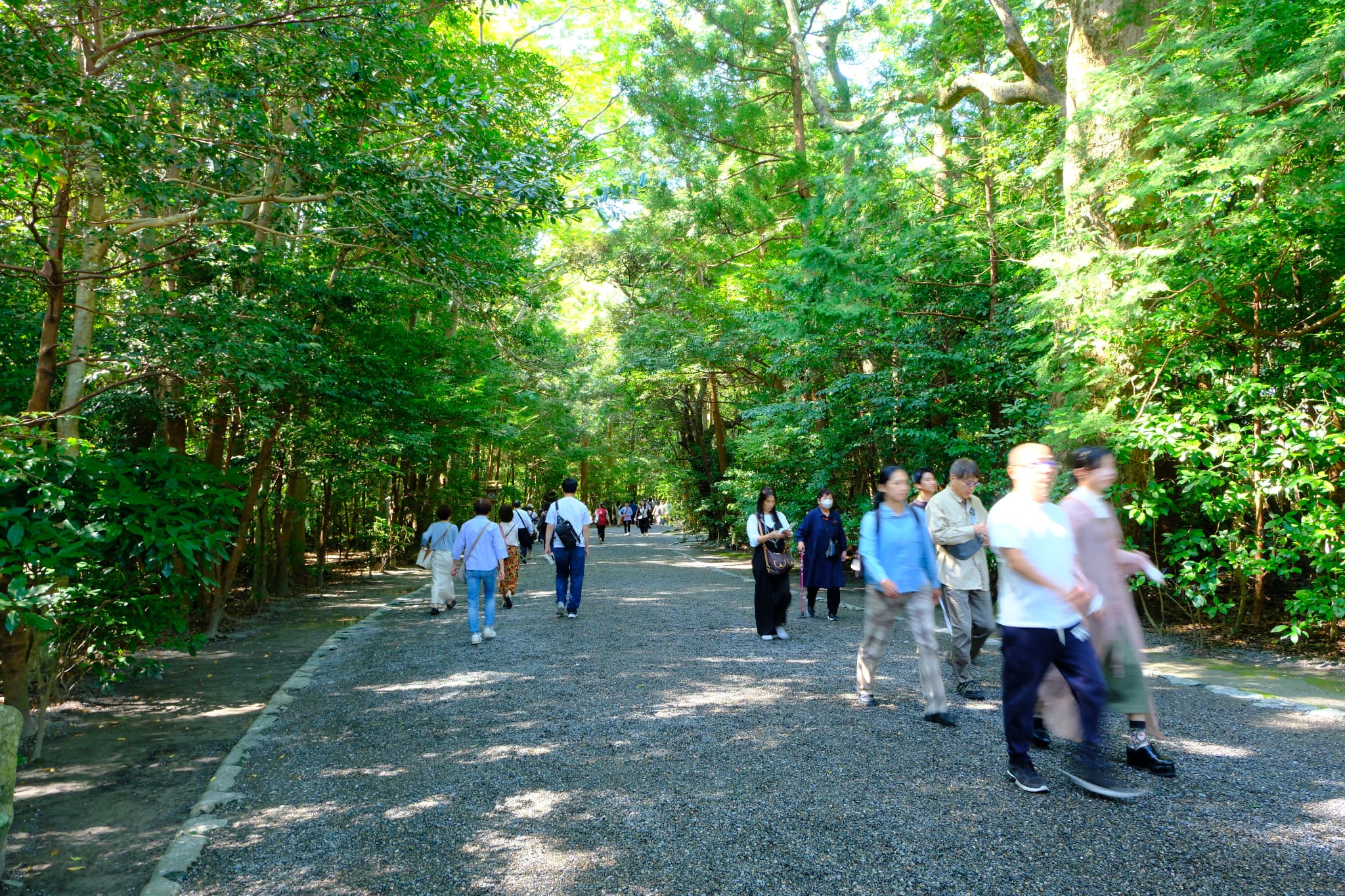
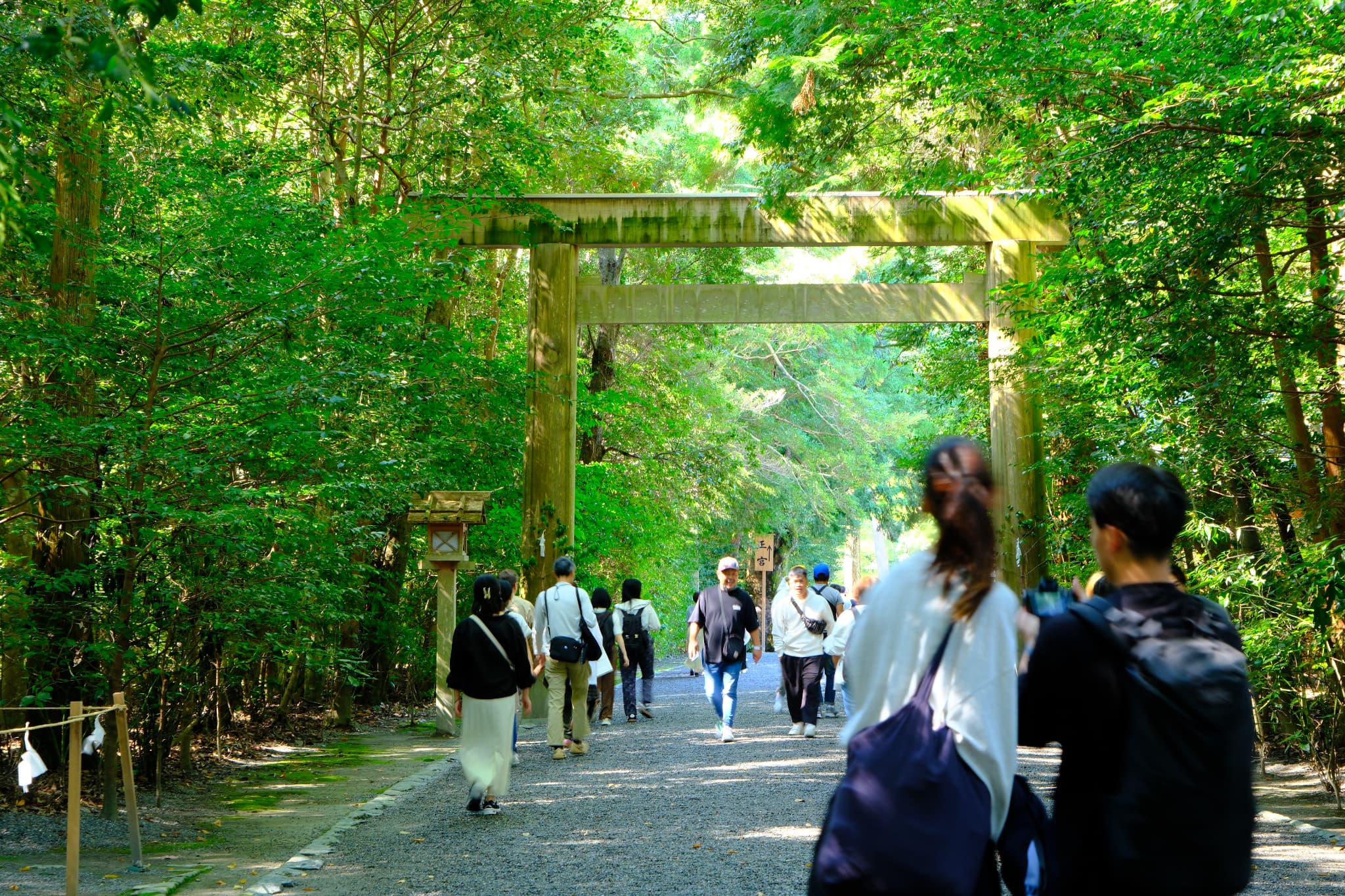
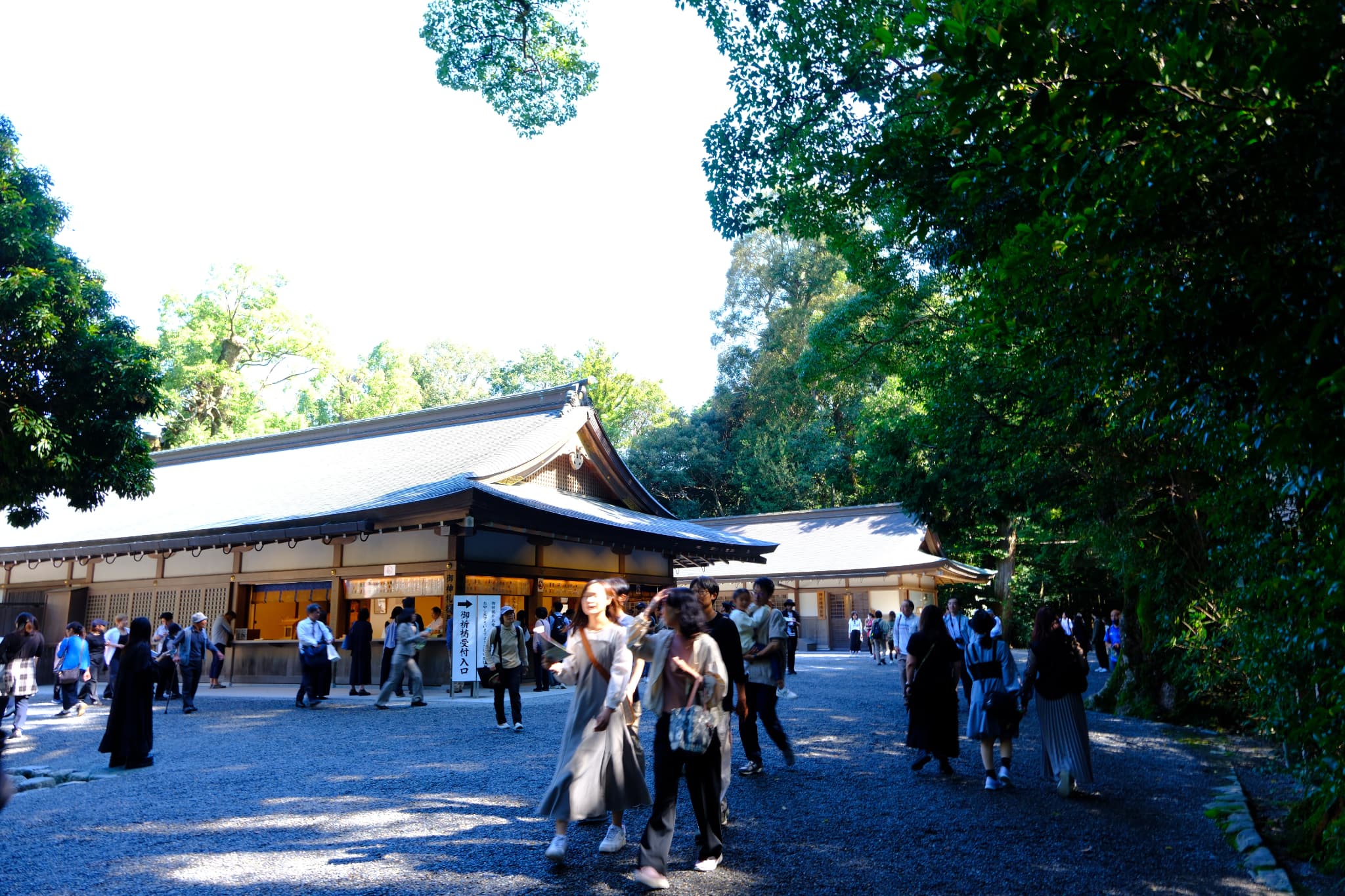
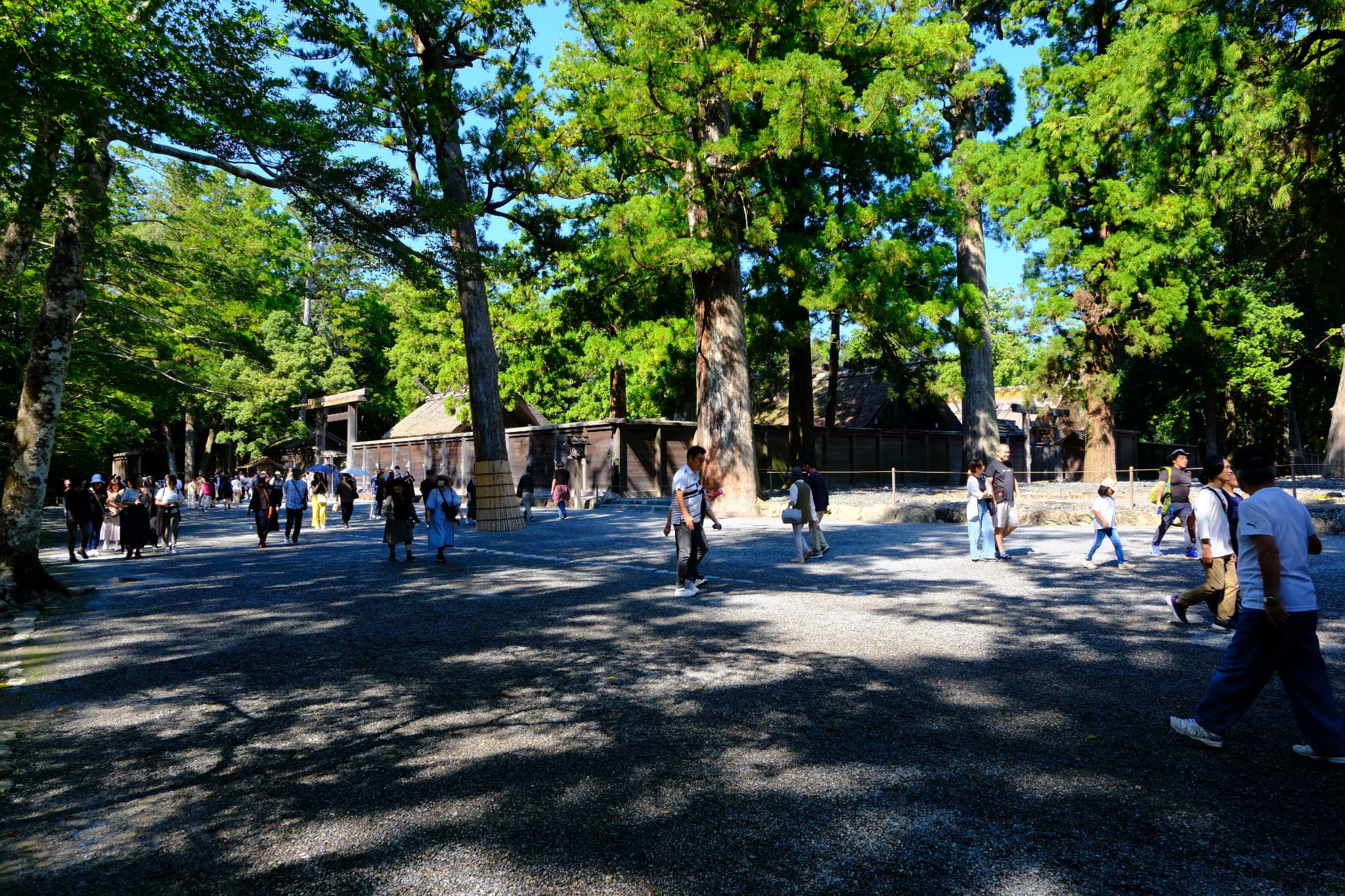
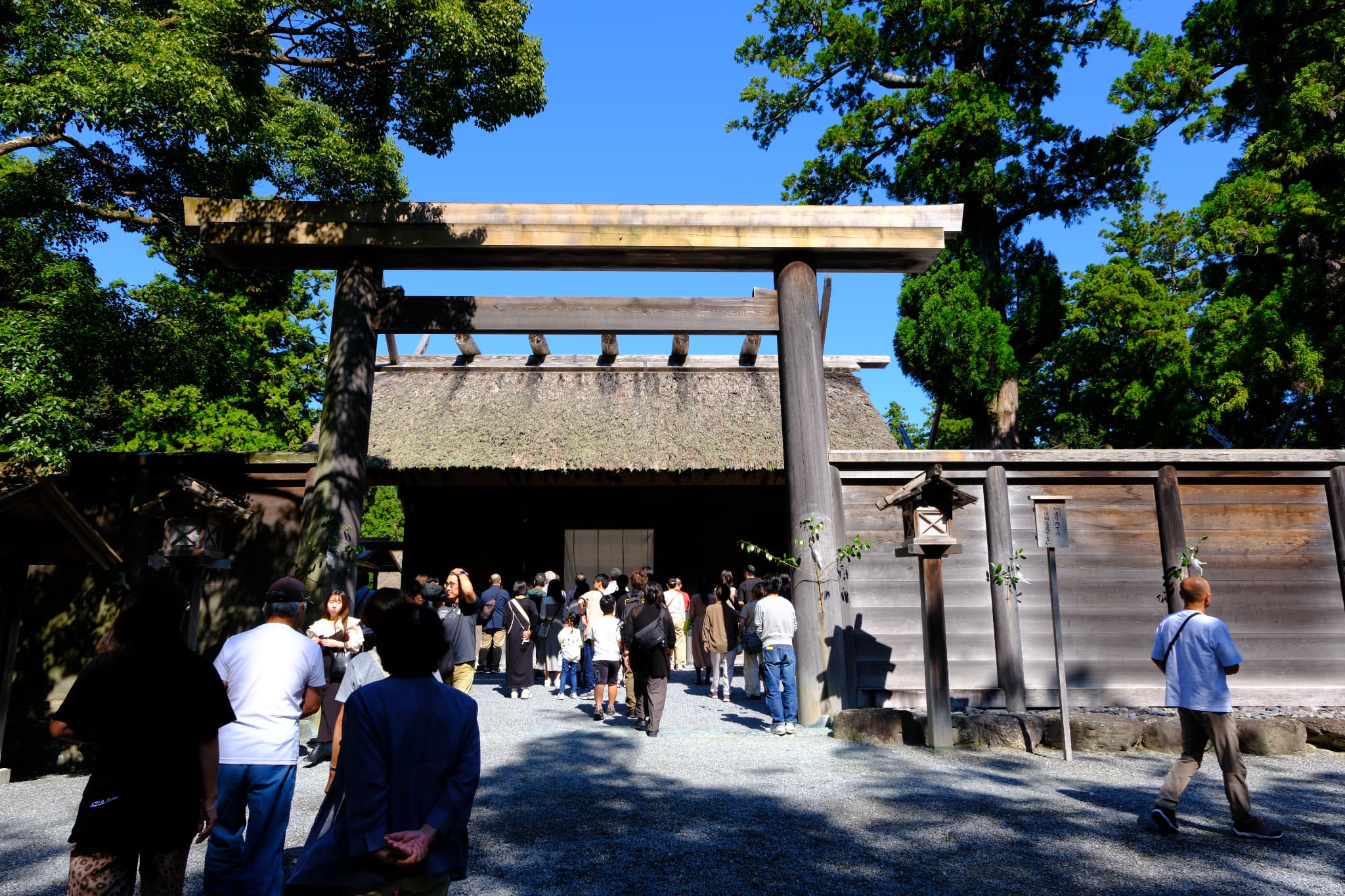
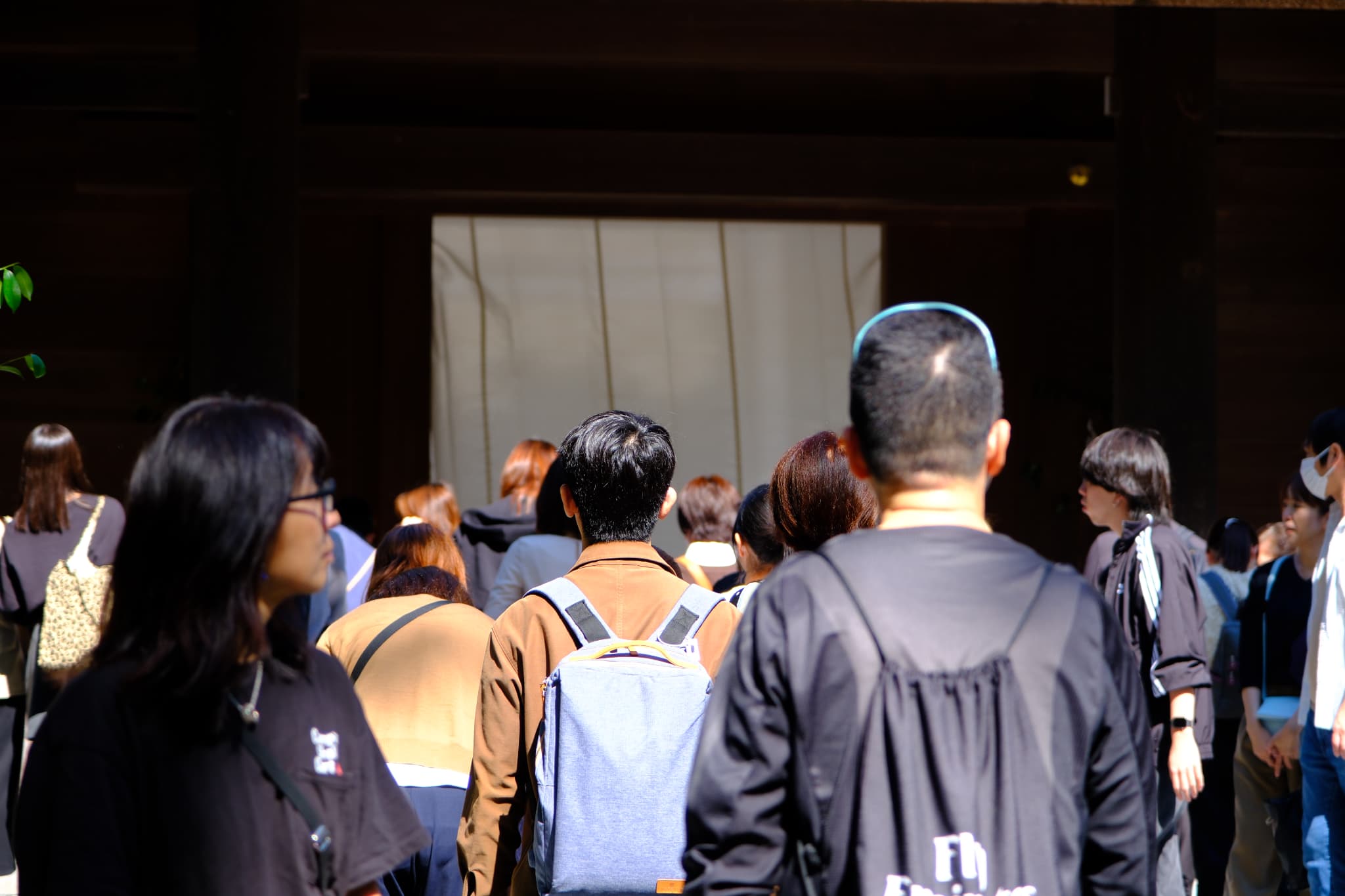
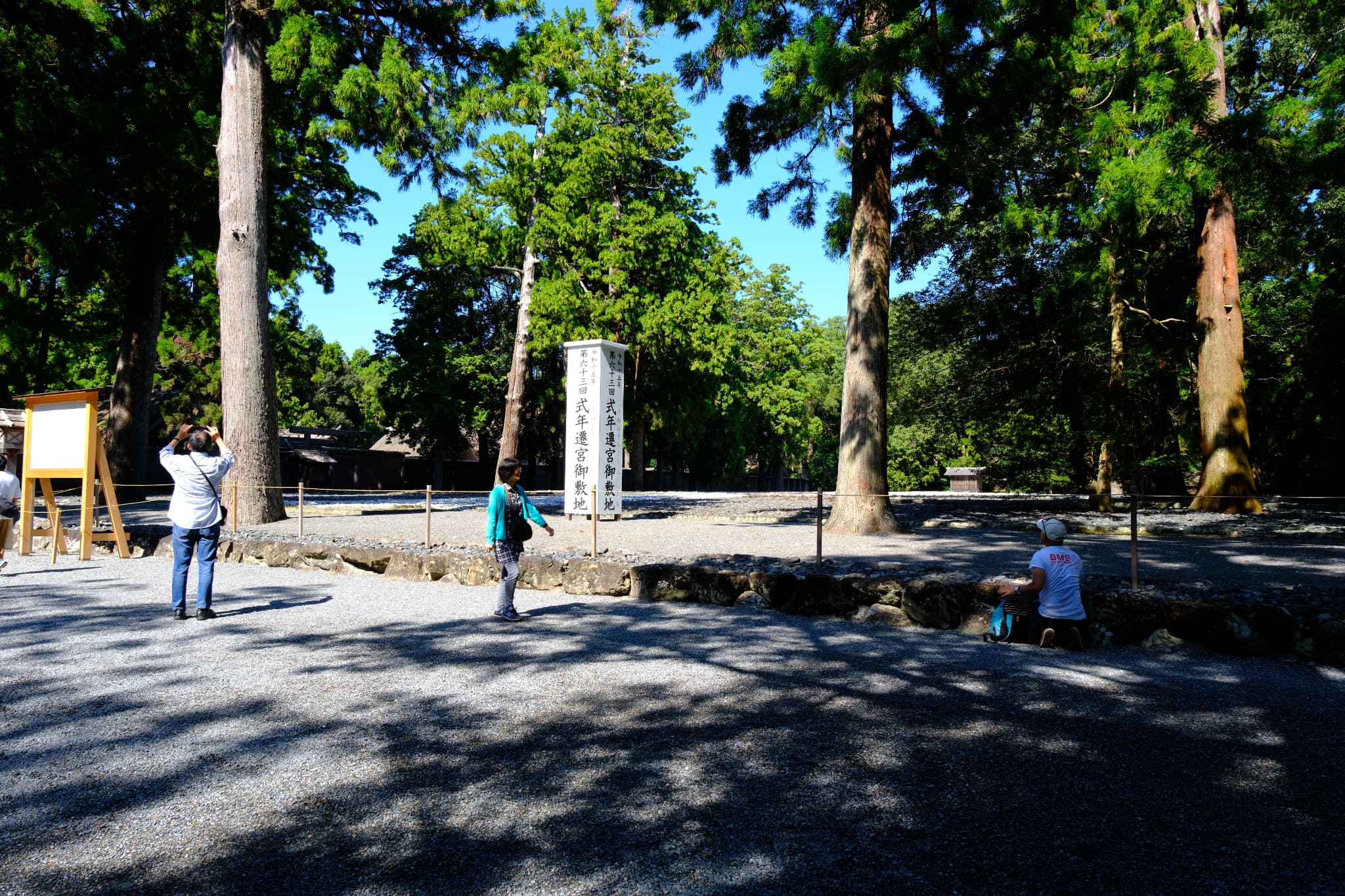
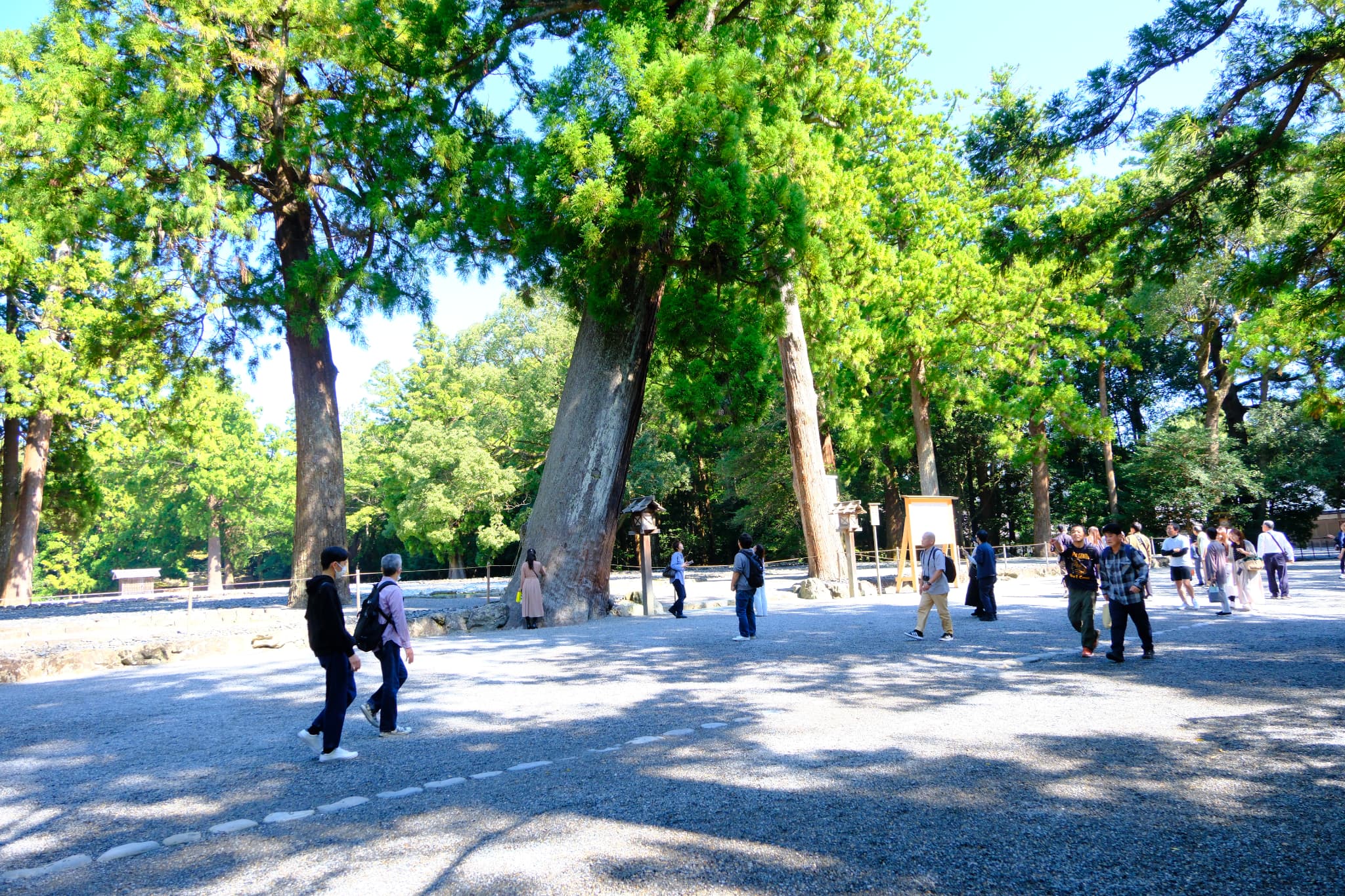

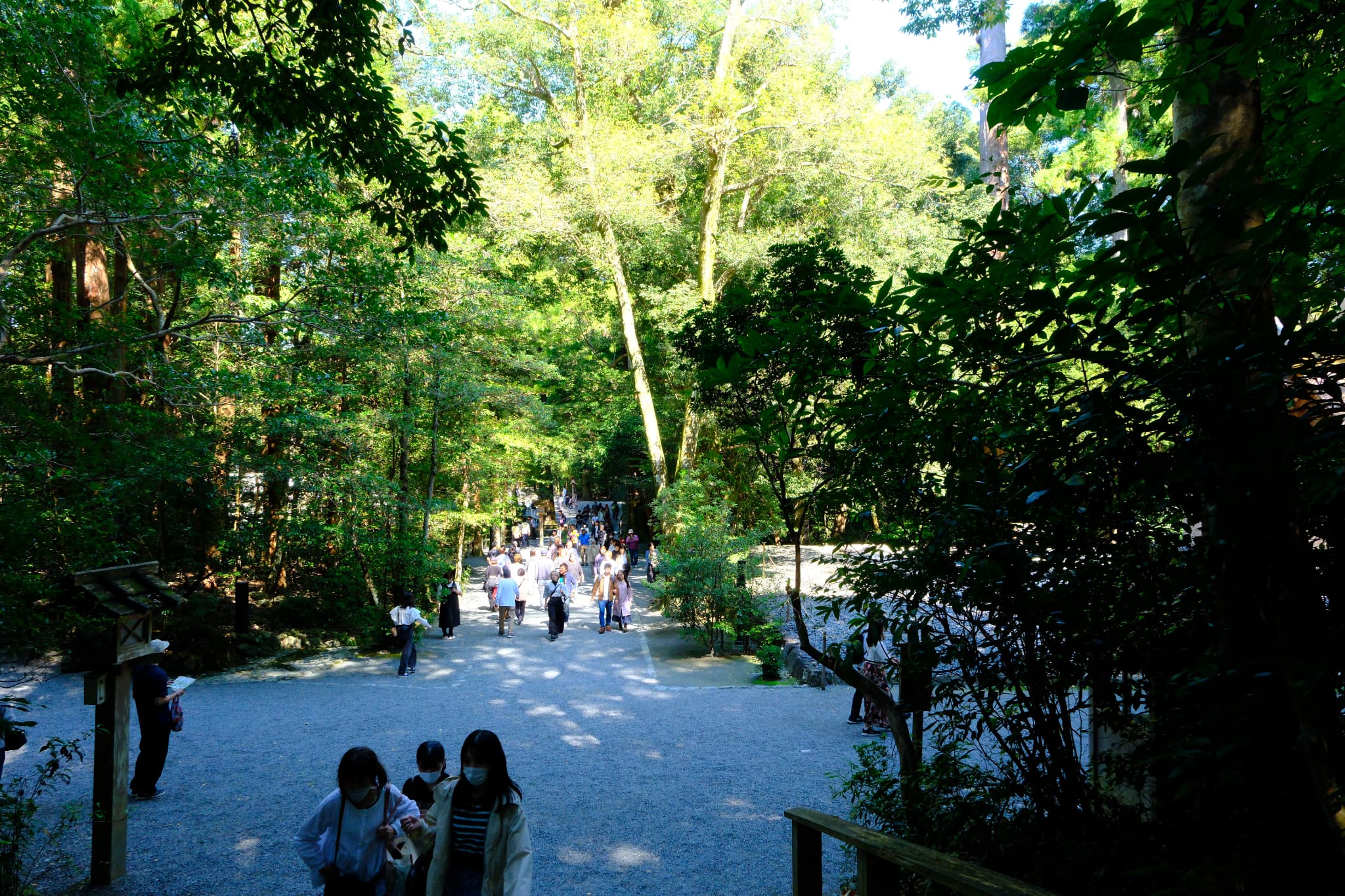
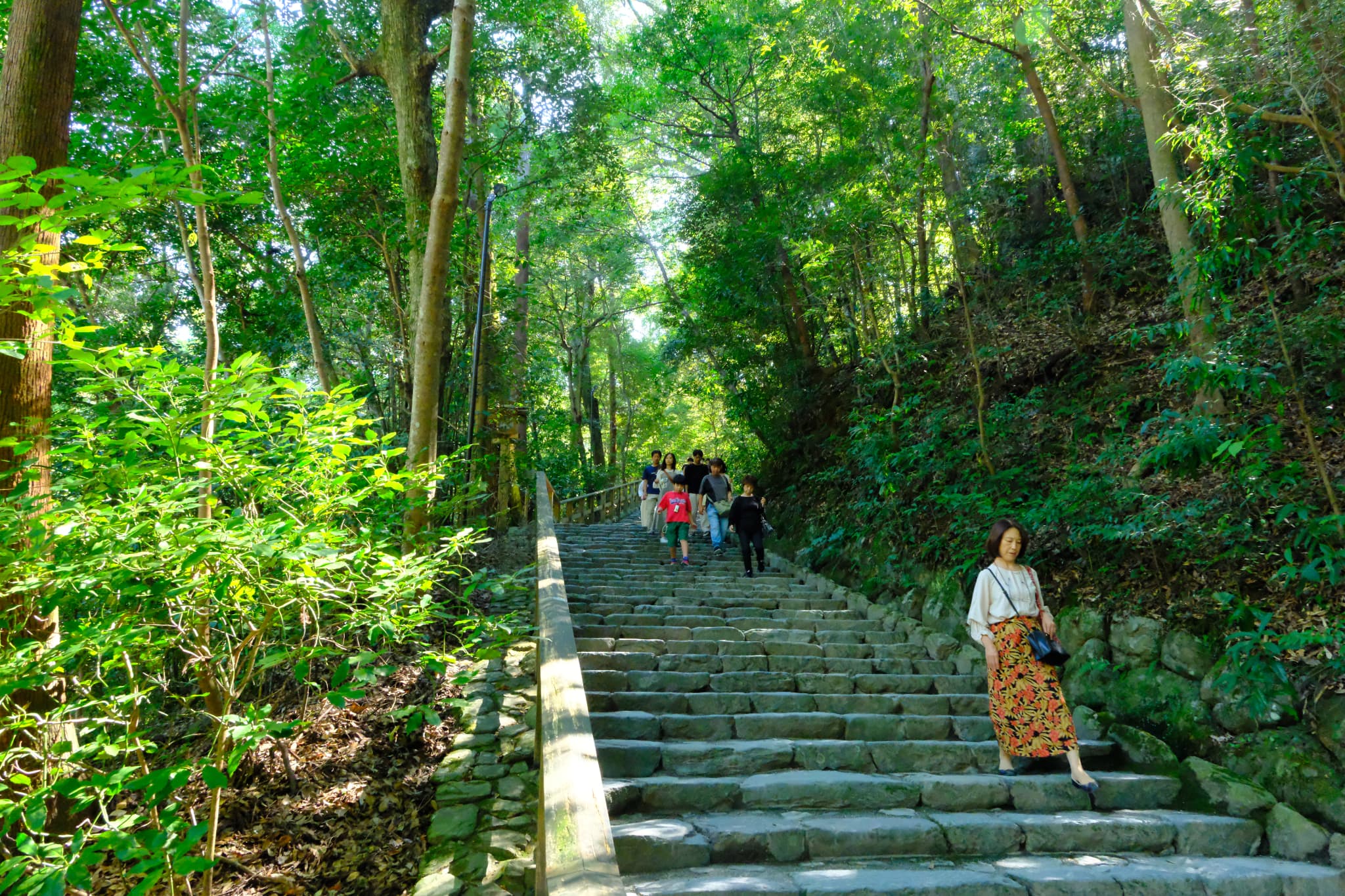
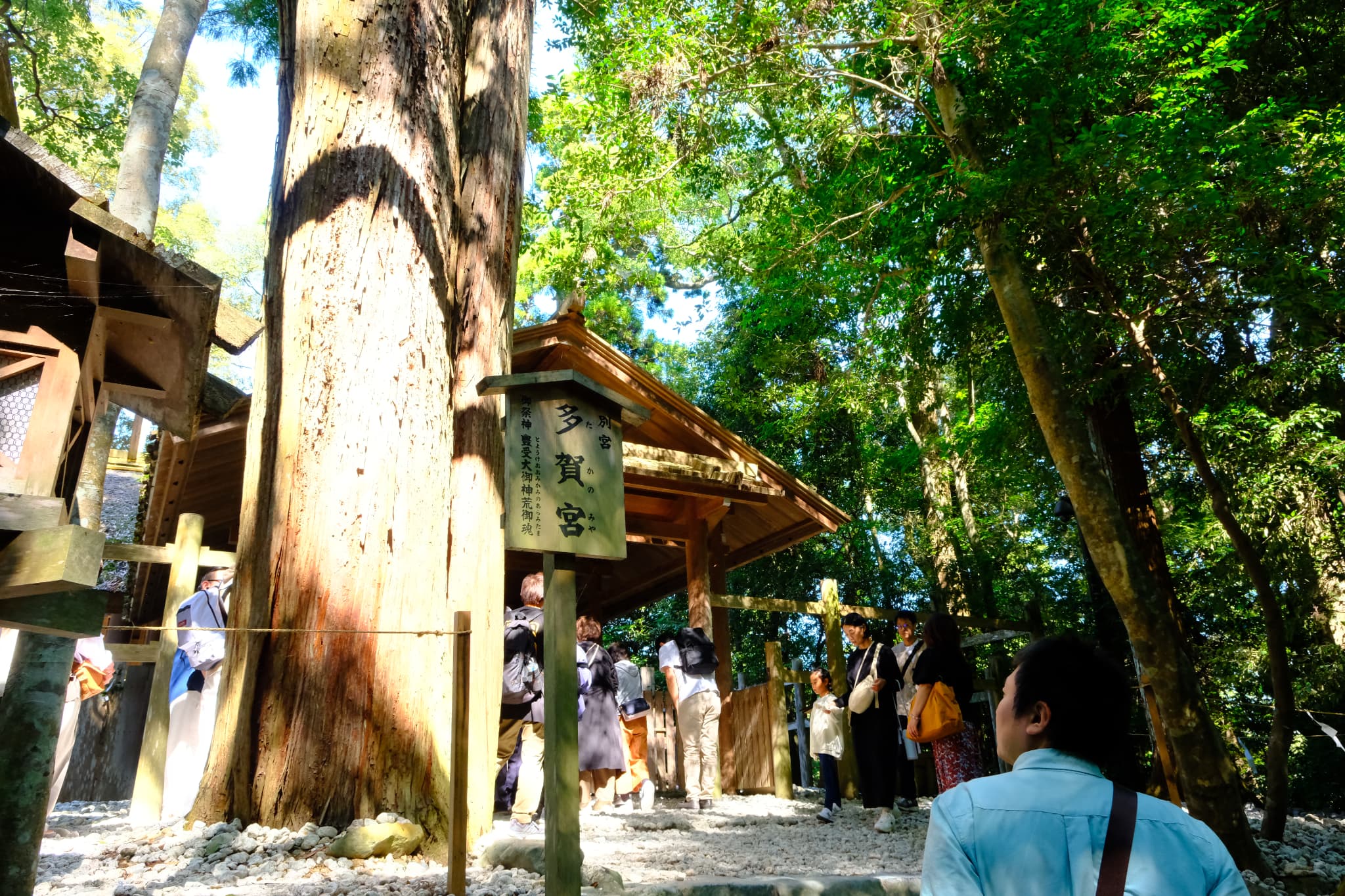

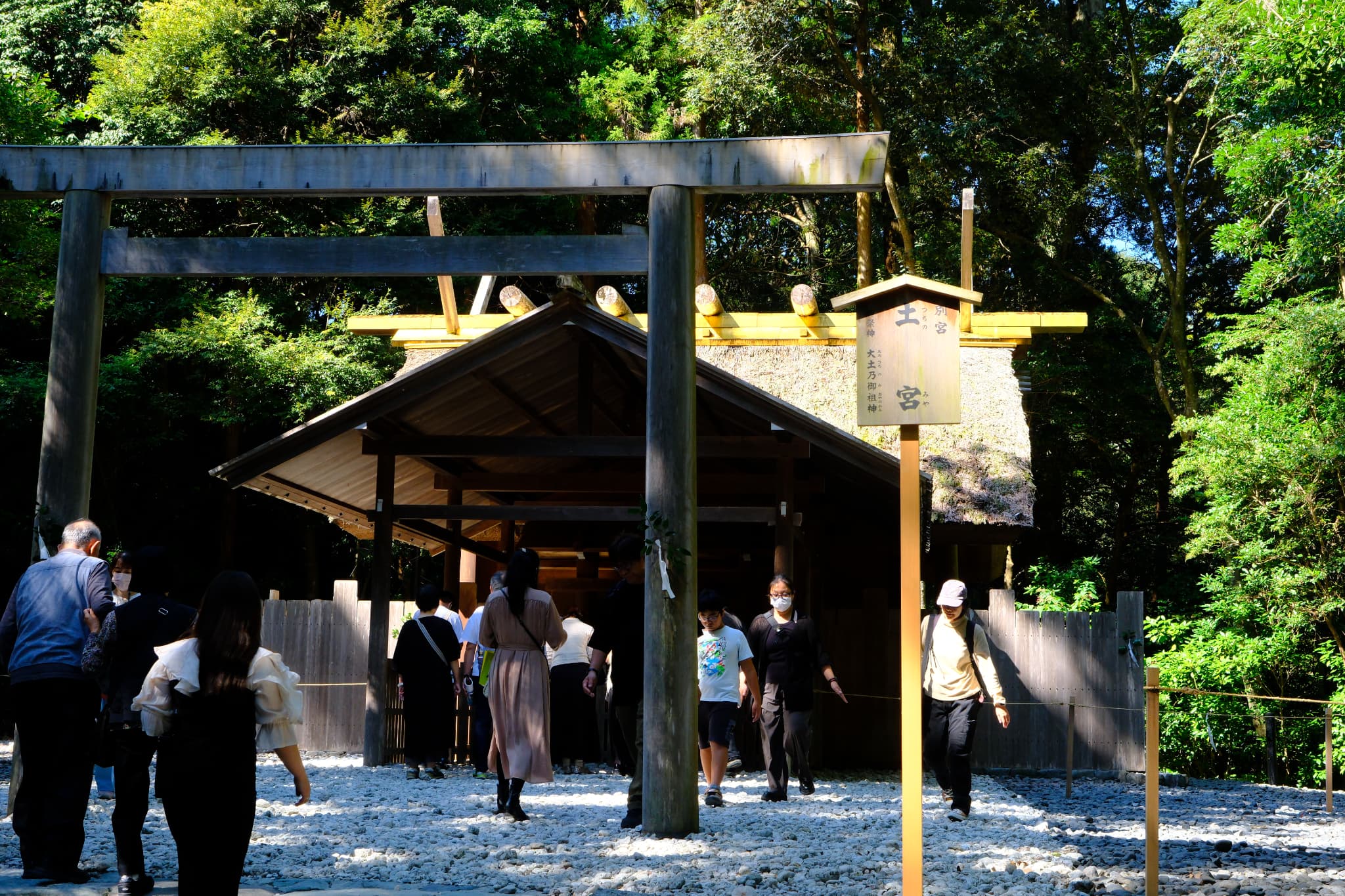
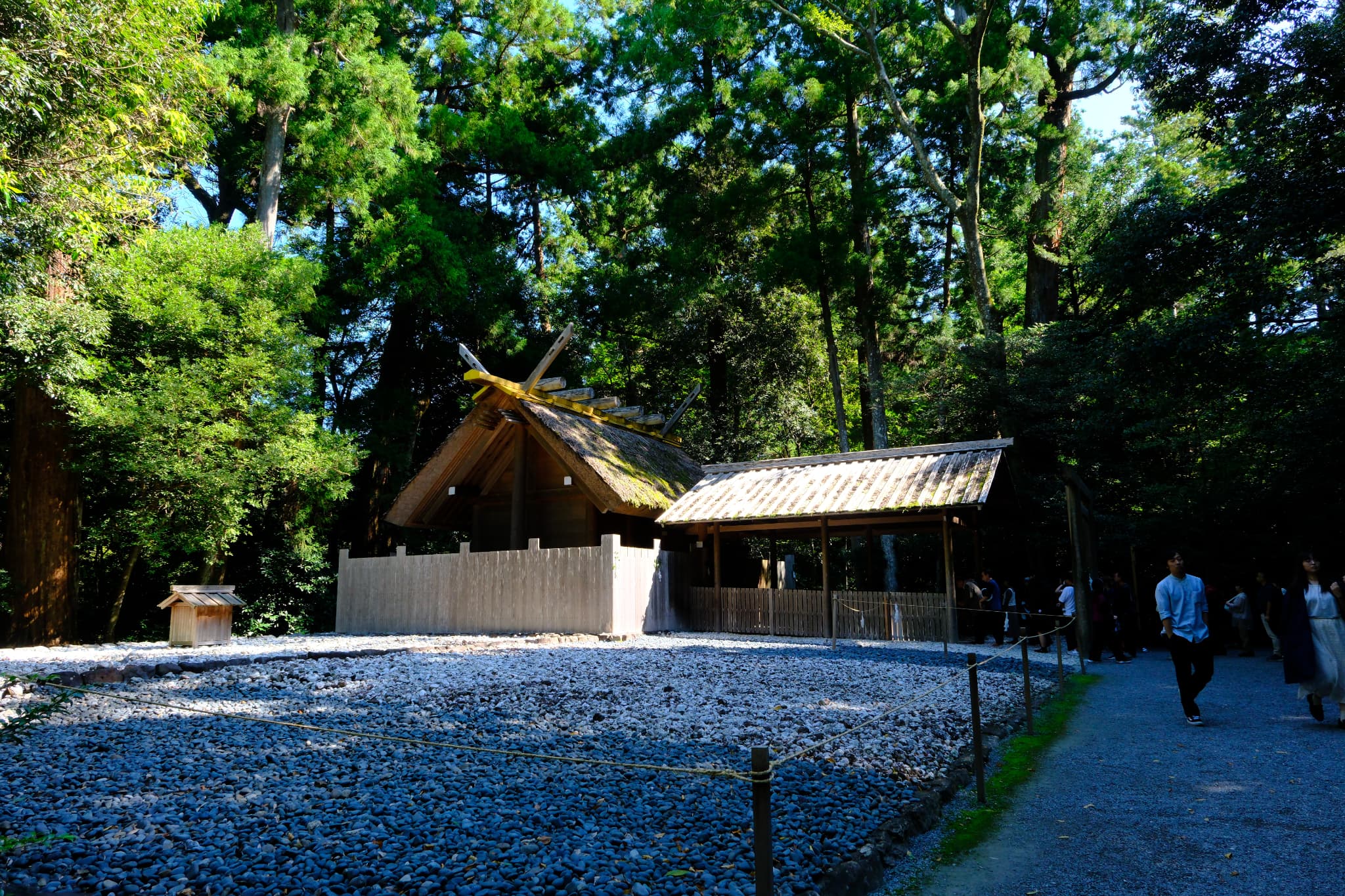
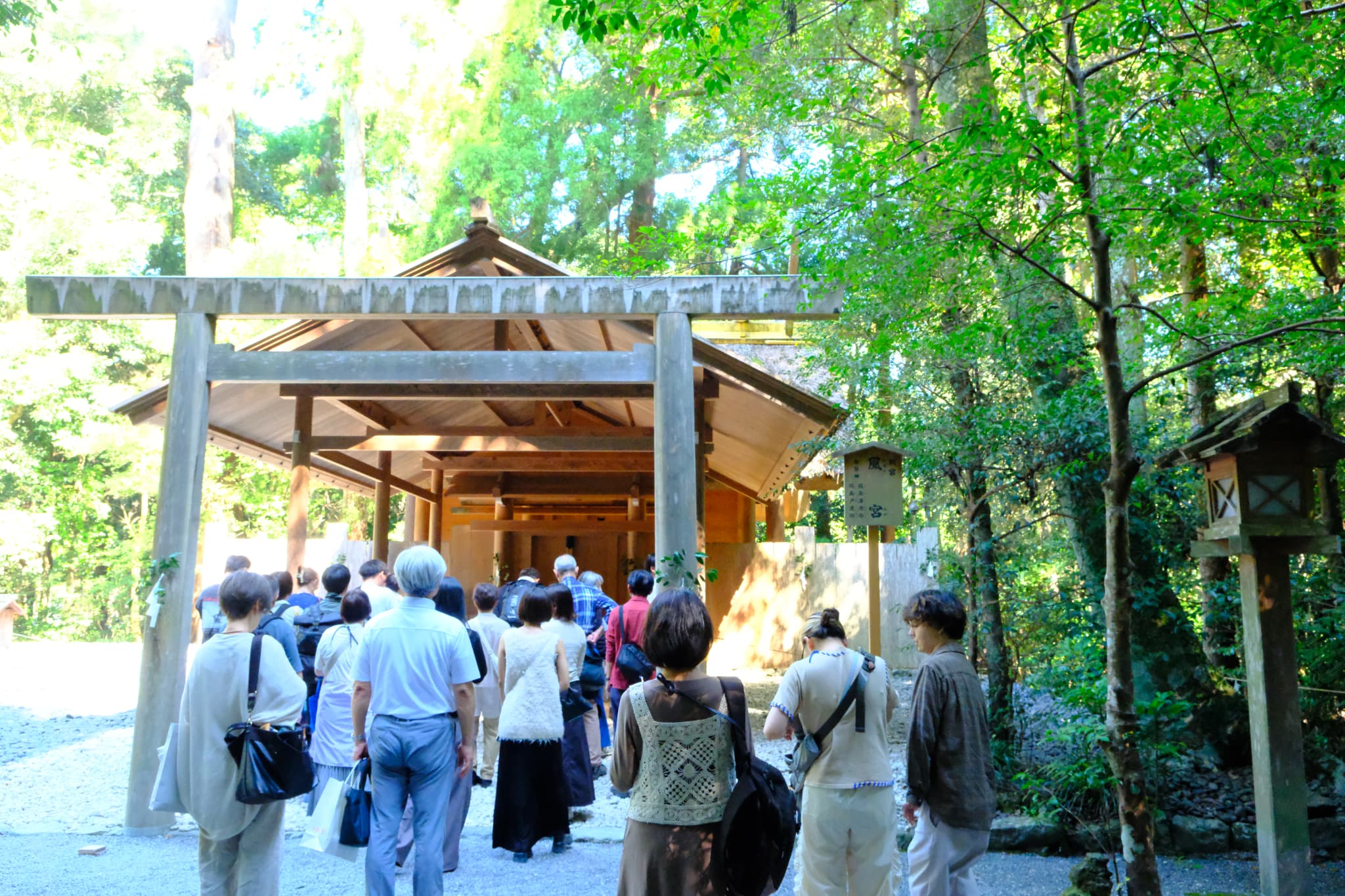
Sengu Museum
The Sengu Museum is located within the Geku and is dedicated to introducing the Shikinen Sengu (periodic shrine rebuilding). It features life-size models of parts of the Main Shrine (Shogu) that you cannot see up close, making it a must-visit if you have time! Admission is 300 yen, so be sure to bring Japanese yen with you.
The museum offers free audio guides in multiple languages, including English, Chinese (both traditional and simplified), Korean, French, Spanish, German, and Italian. A deposit of 1,000 yen is required to borrow the audio guide, which will be refunded upon return.
Please note that photography is prohibited in most areas of the museum, so be mindful of this!
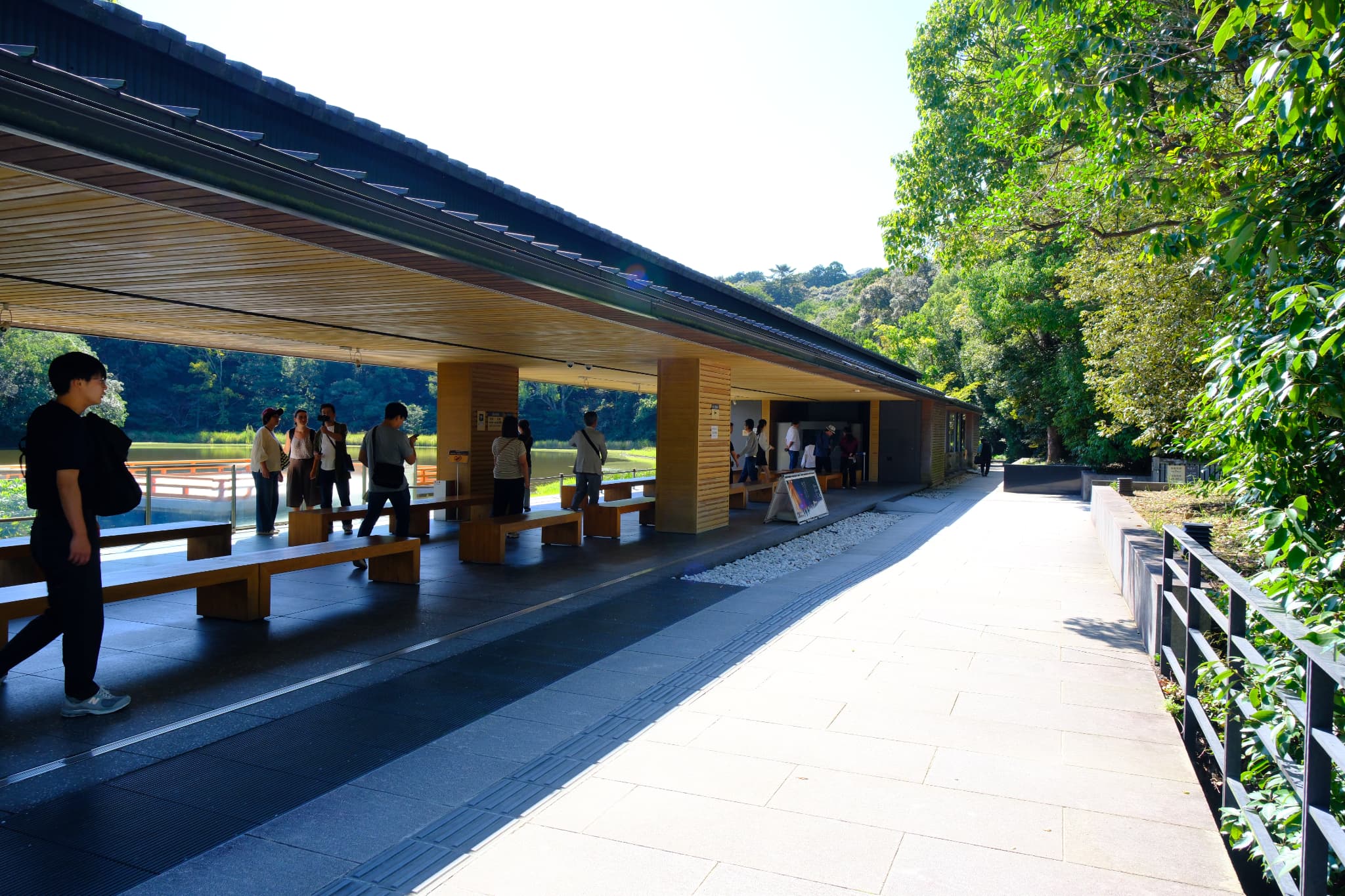
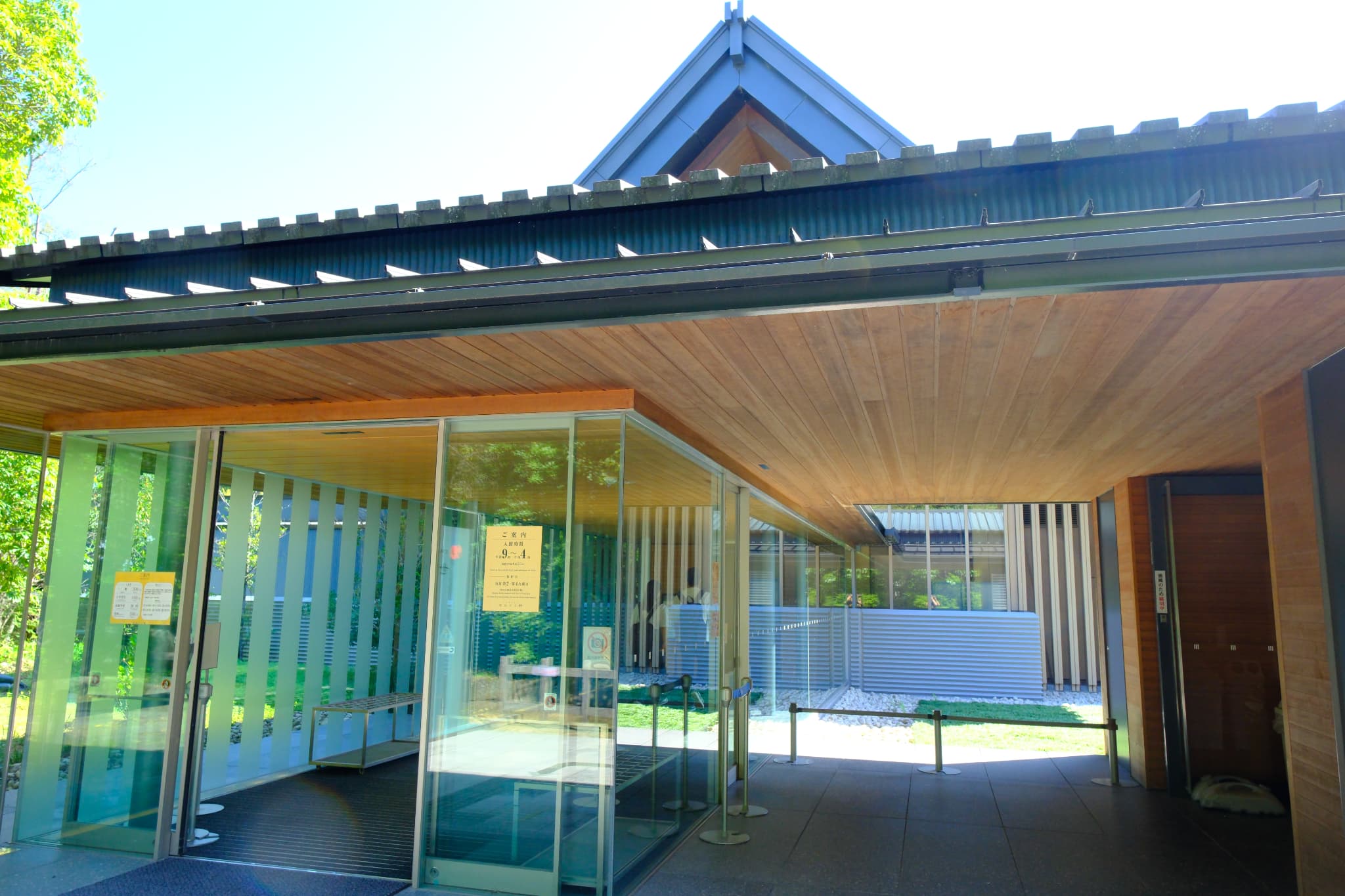
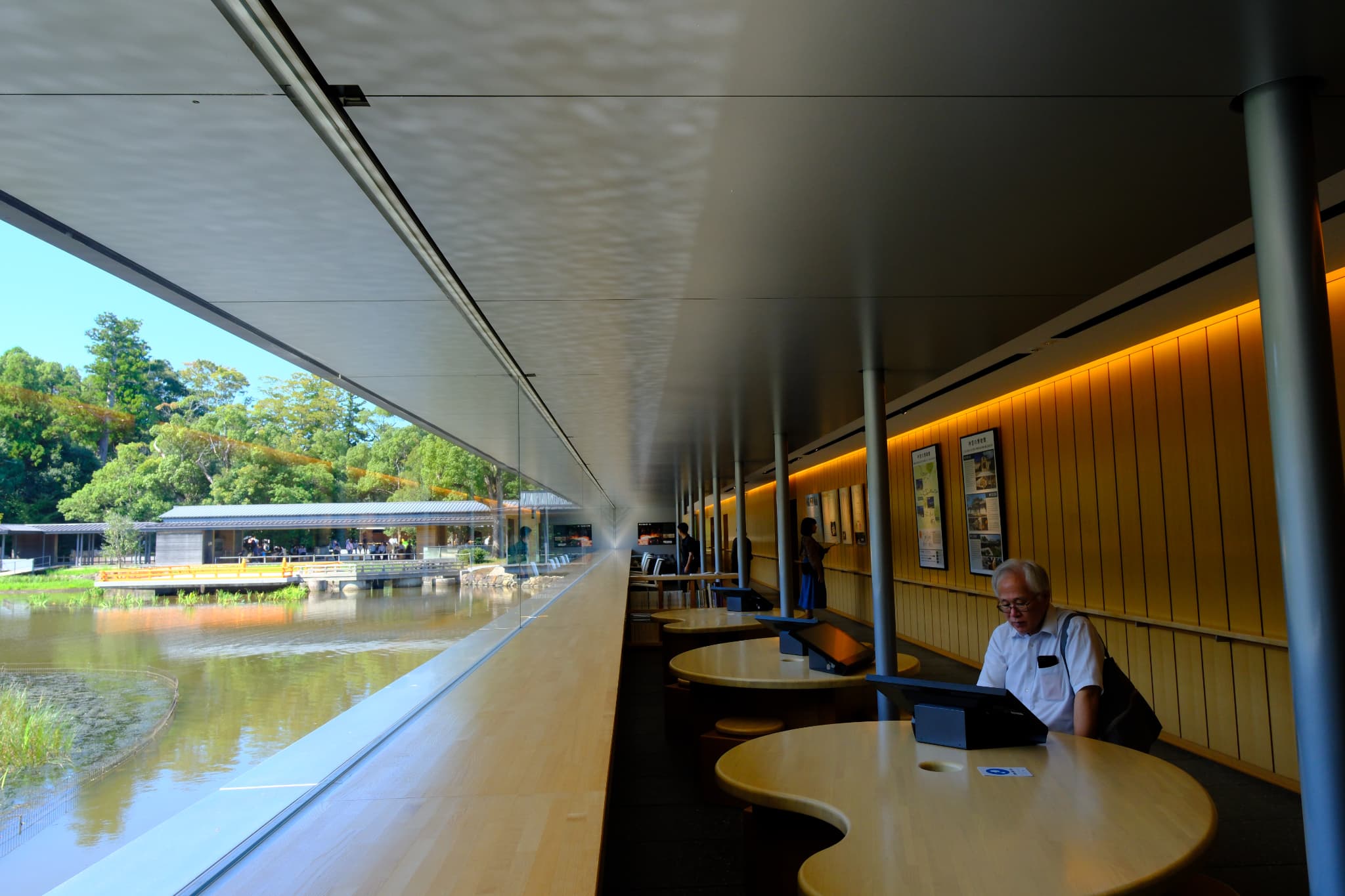
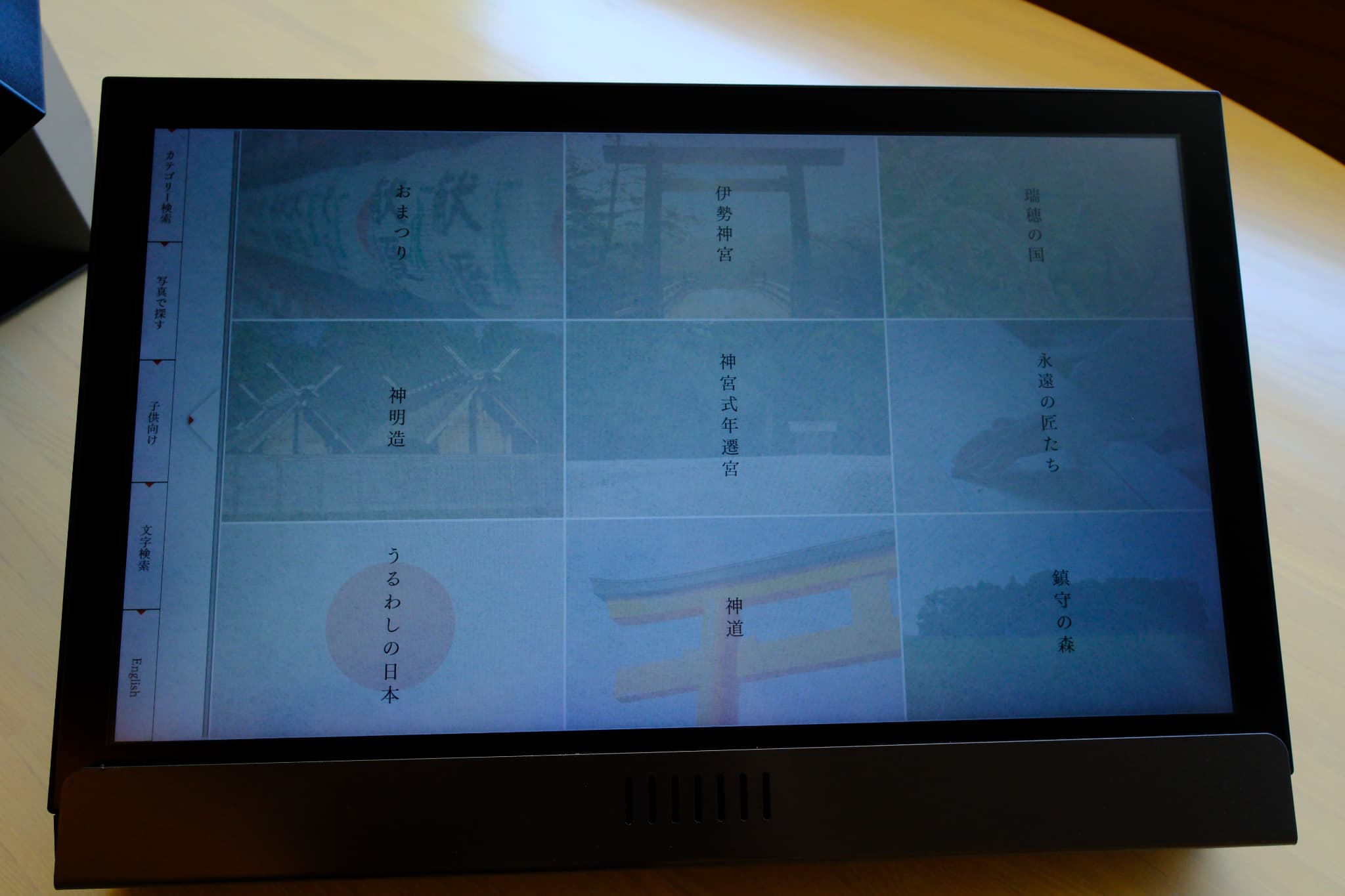
Directions from Geku (Outer Shrine) to Naiku (Inner Shrine)
There are two ways to get from Geku (Outer Shrine) to Naiku (Inner Shrine)
- By Taxi:


- By Bus:
 The bus stop is located directly in front of the flag at the entrance (Google Maps). The fare is also reasonable at 470 yen, and there are staff members present to assist you, providing extra reassurance.
The bus stop is located directly in front of the flag at the entrance (Google Maps). The fare is also reasonable at 470 yen, and there are staff members present to assist you, providing extra reassurance.

Take the bus from platform 2 to head to Naiku (Inner Shrine). 
The fare to the terminus, Naiku, is 470 yen. Board bus #51 or #52 at platform 2, and get off at the Naiku bus stop. 
Buses arrive approximately every 15 minutes, so you won’t have to worry about waiting too long.
Hours and Fees
Geku
- Hours of Operation:
- January, February, March, April, September: 5:00 AM – 6:00 PM
- May, June, July, August: 5:00 AM – 7:00 PM
- October, November, December: 5:00 AM – 5:00 PM
- Closed: Open year-round
- Parking: Free parking available
- Admission Fee: Free
Senguu-Museum
- Hours of Operation: 9:00 AM – 4:00 PM (last admission at 4:30 PM)
- Closed: Second and fourth Tuesdays of each month (if it coincides with a public holiday, it will be the following day)
- Parking: Use the free parking at Geku
- Admission Fee: Adults 300 yen, Elementary and Junior High School Students 100 yen, Preschoolers Free
Note: This information is accurate as of October 14, 2024.


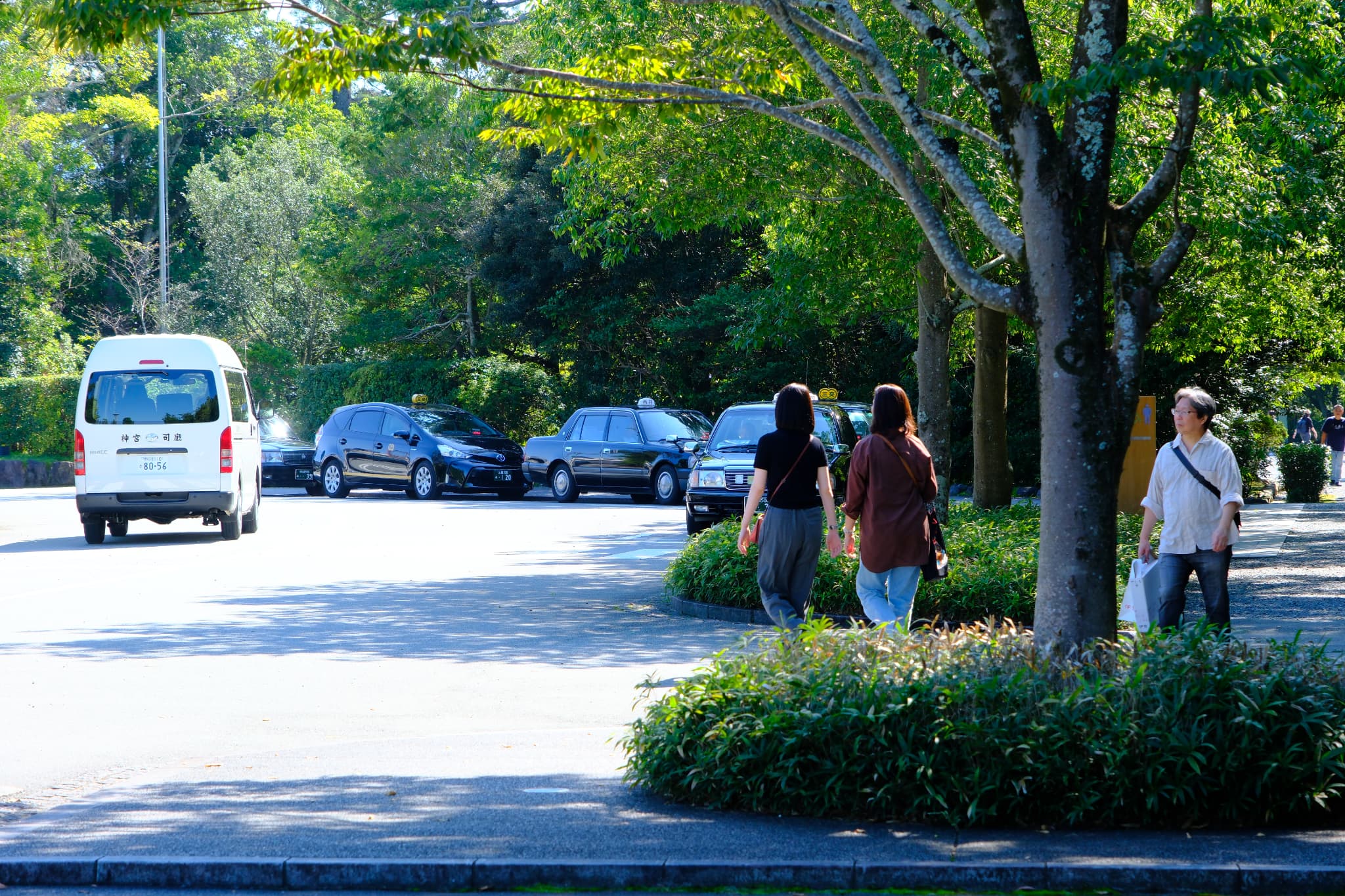
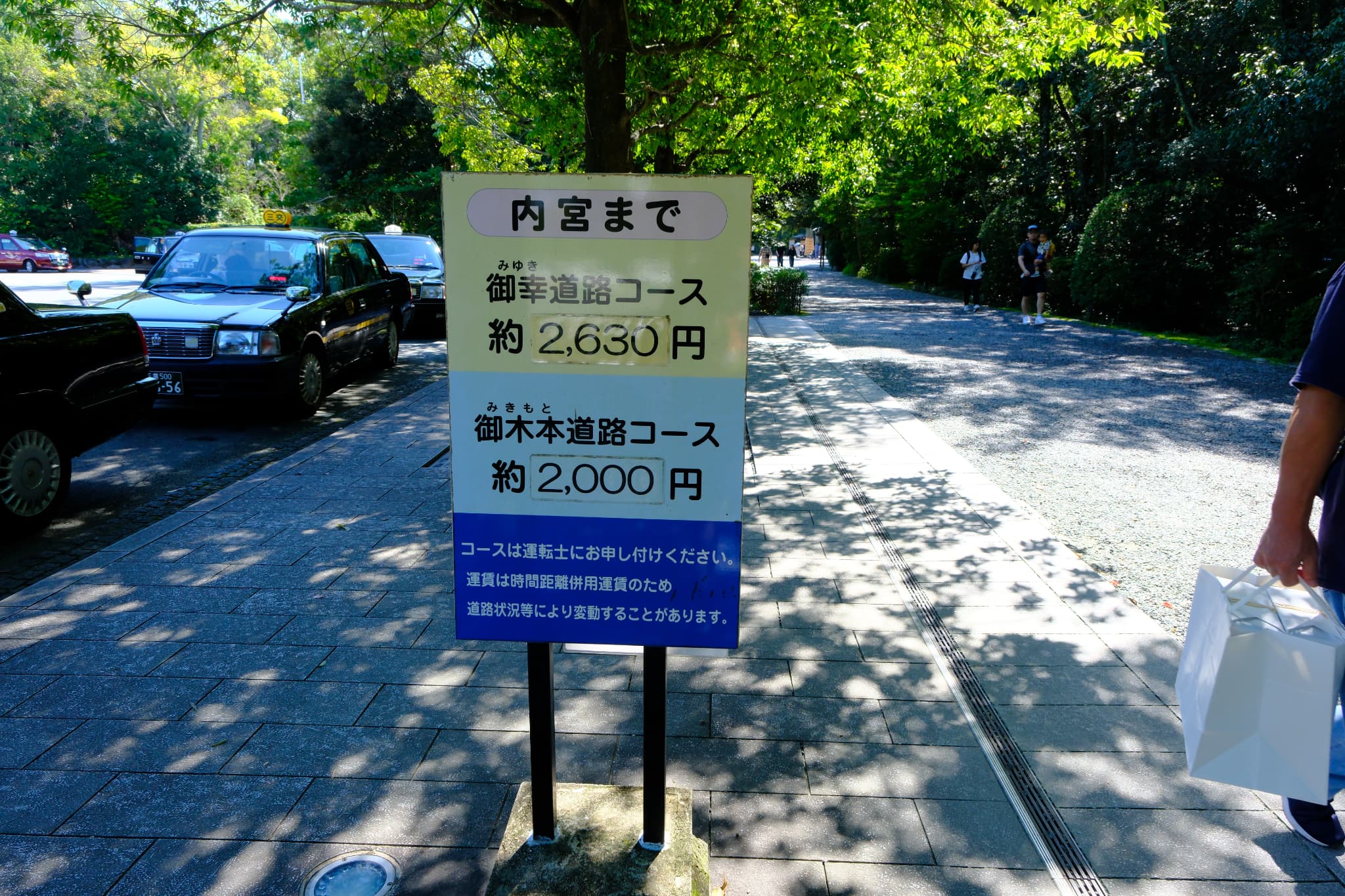
 The bus stop is located directly in front of the flag at the entrance (
The bus stop is located directly in front of the flag at the entrance (
